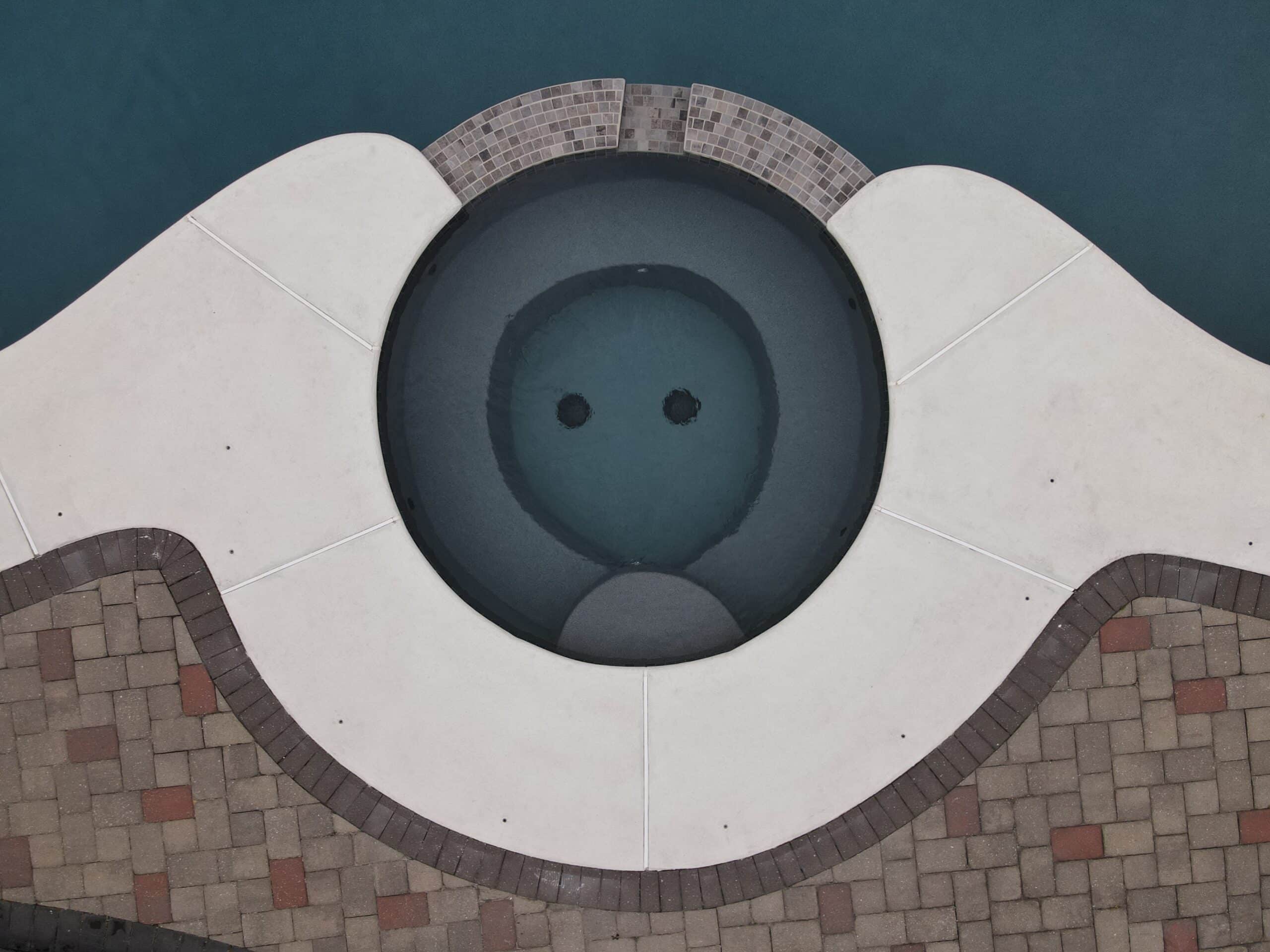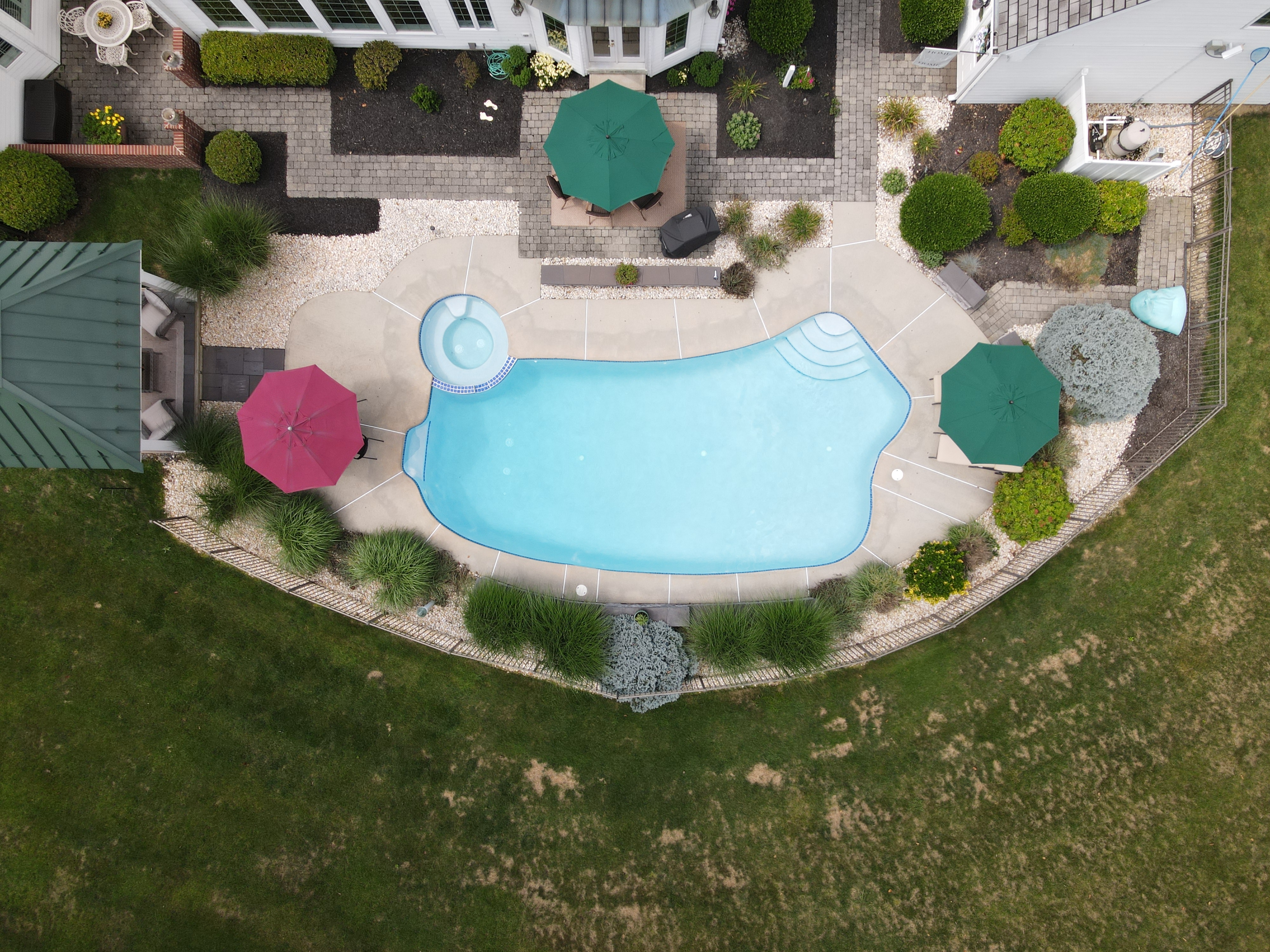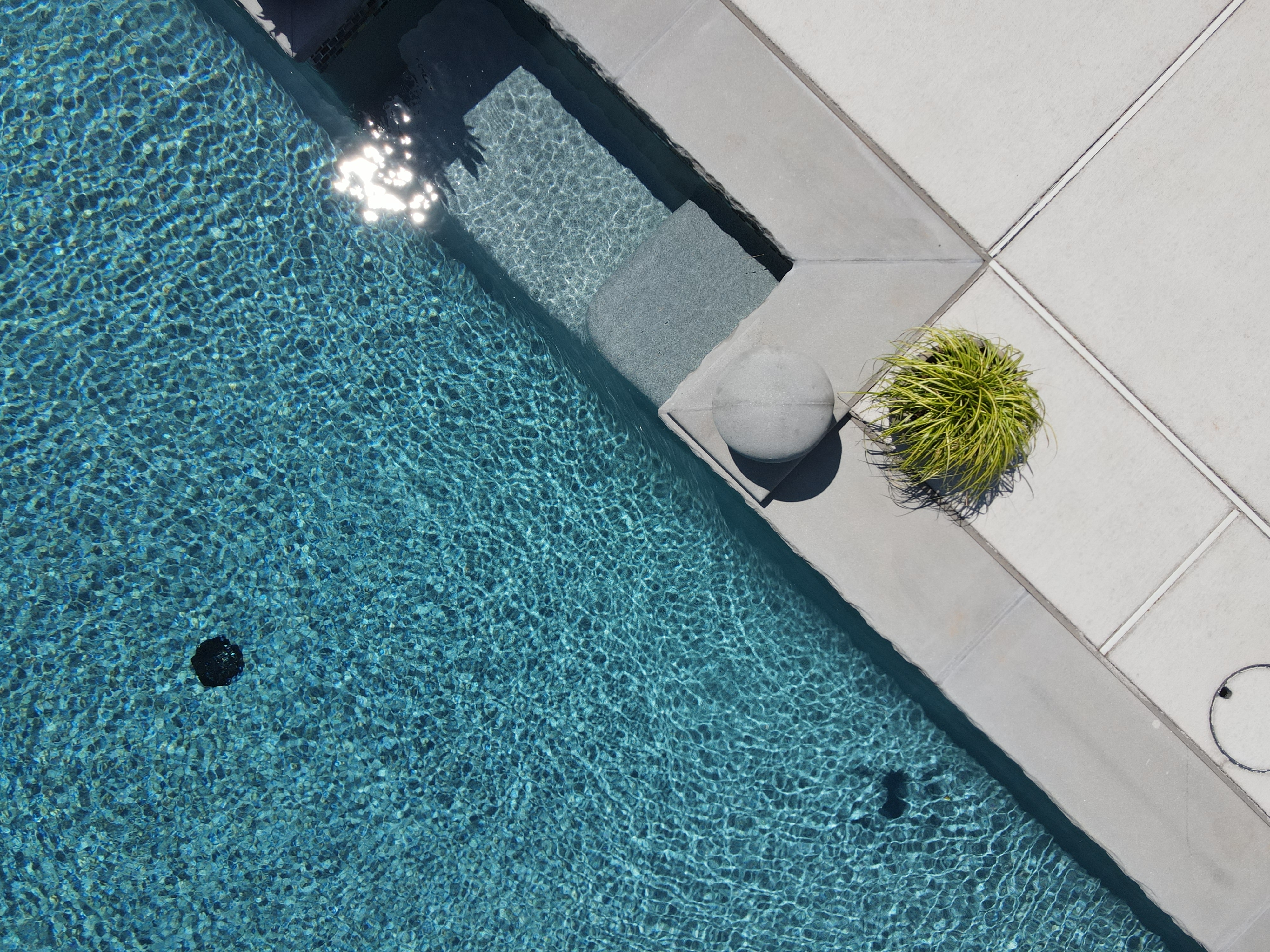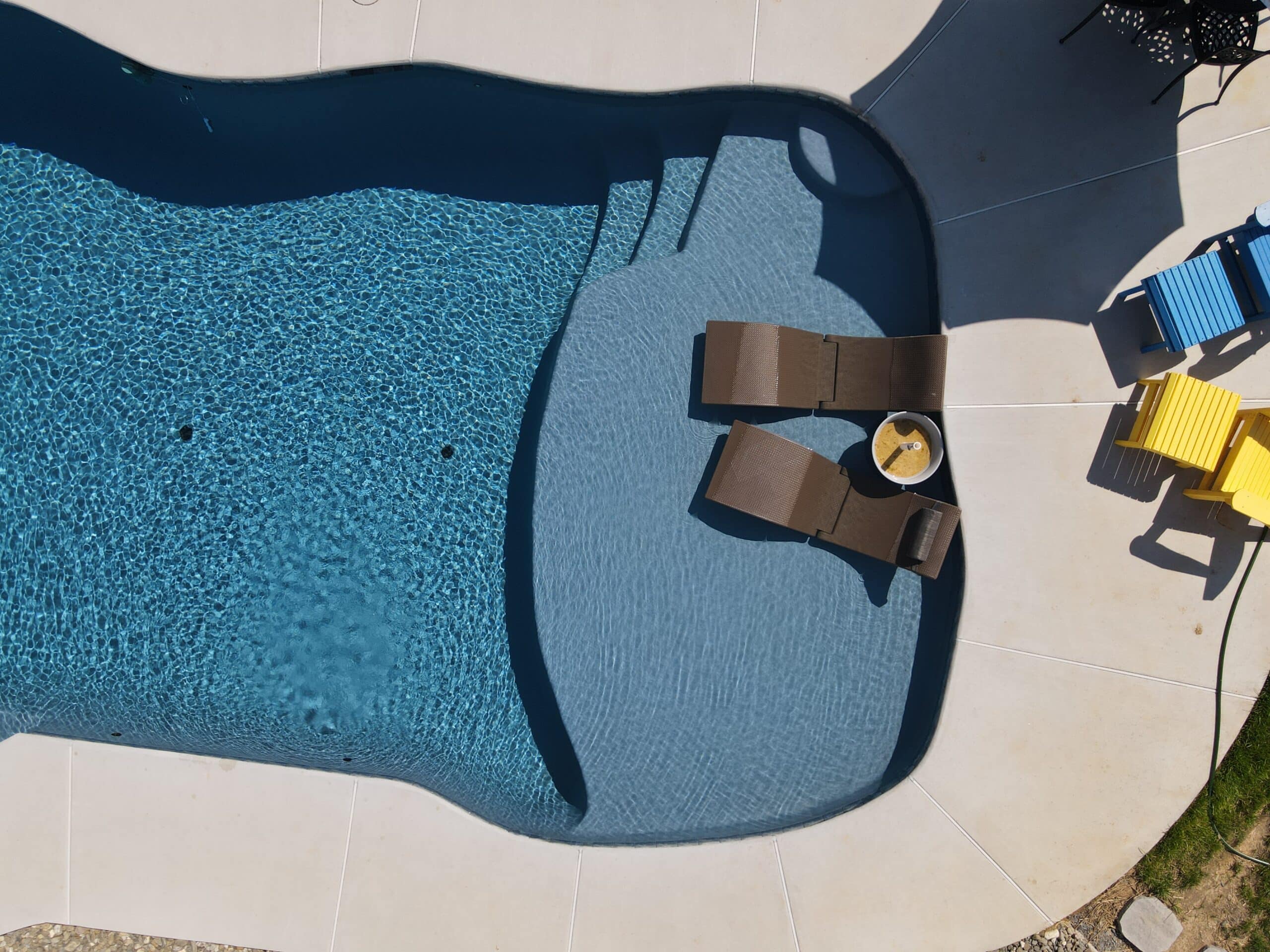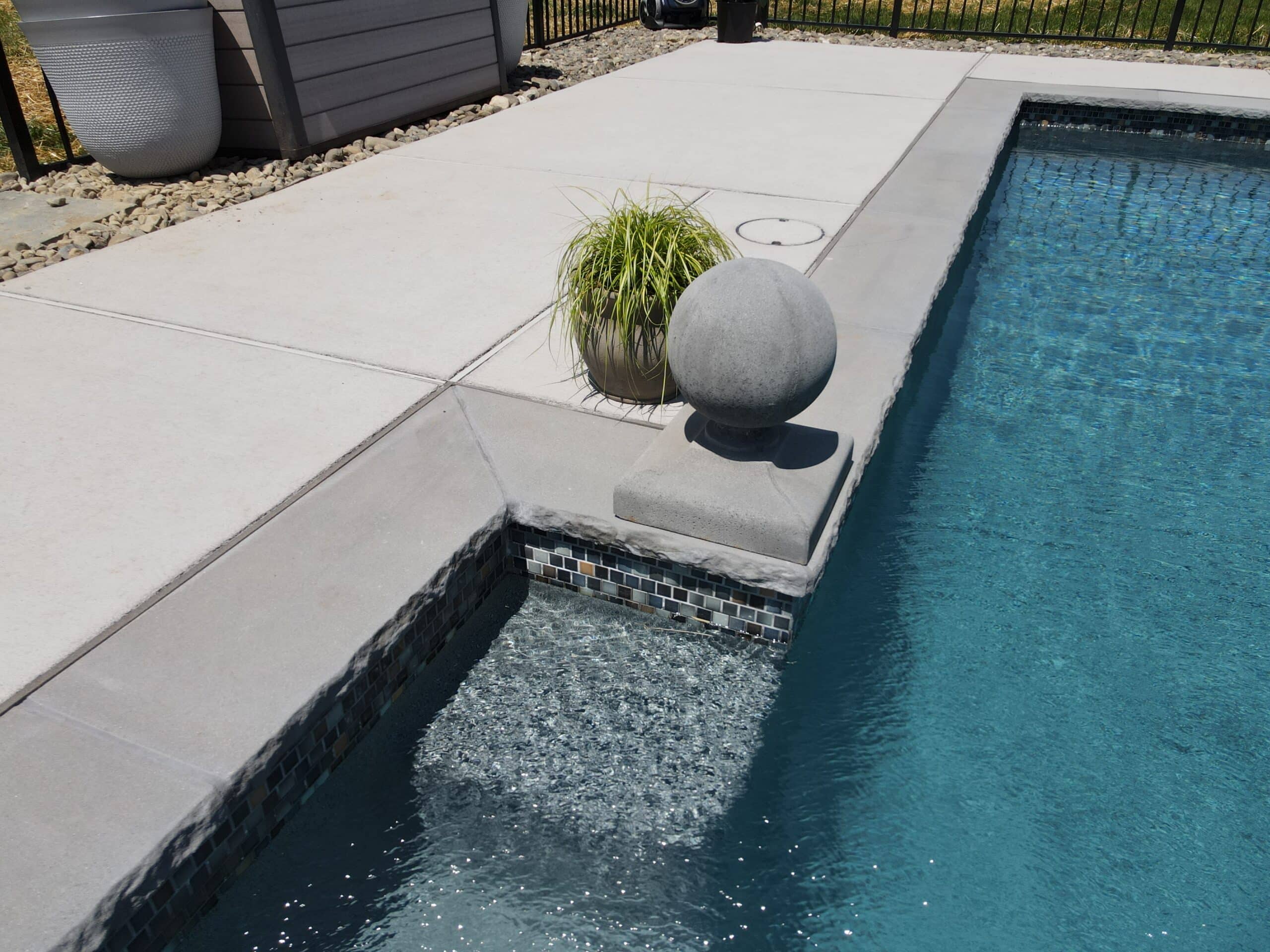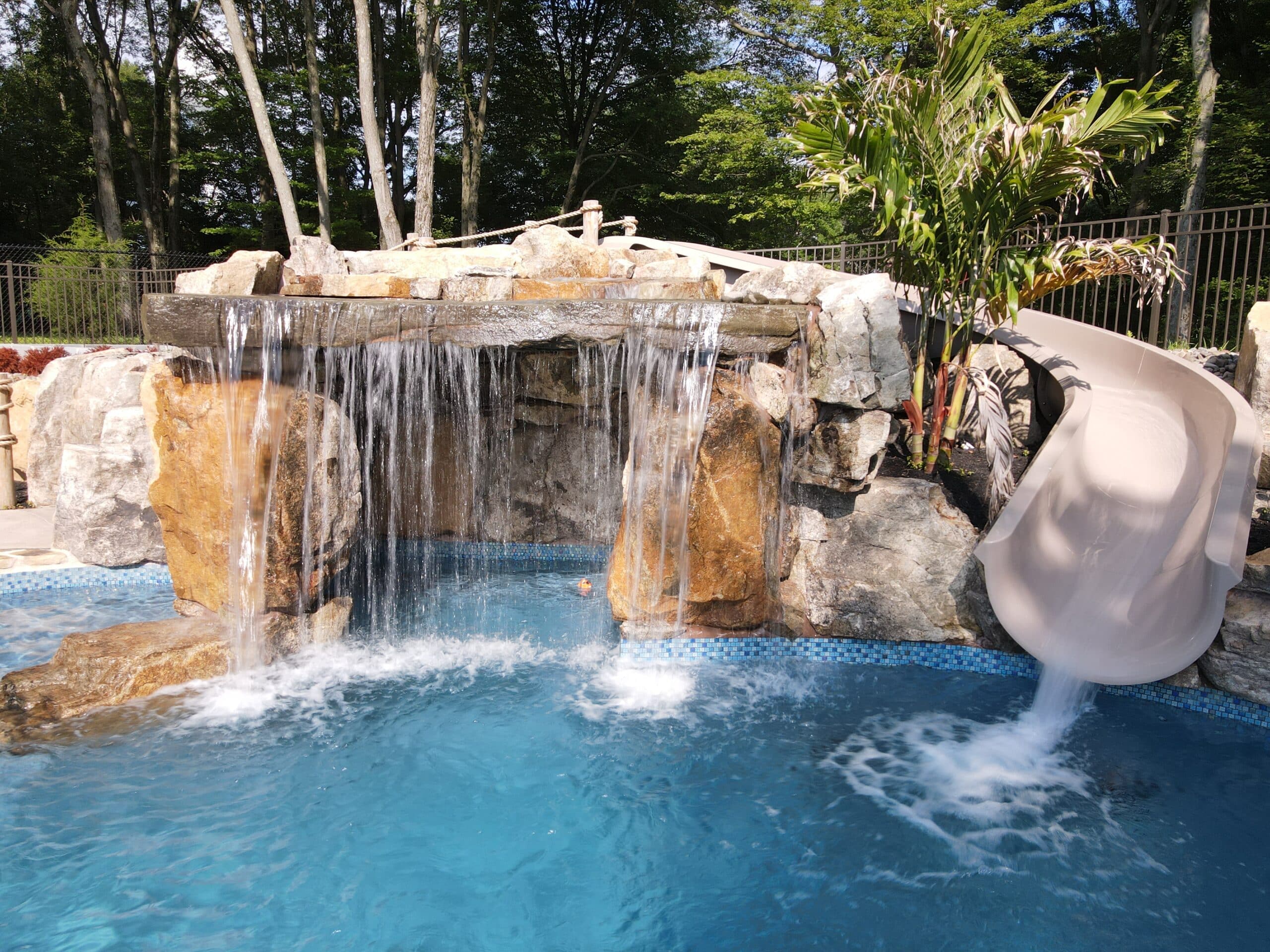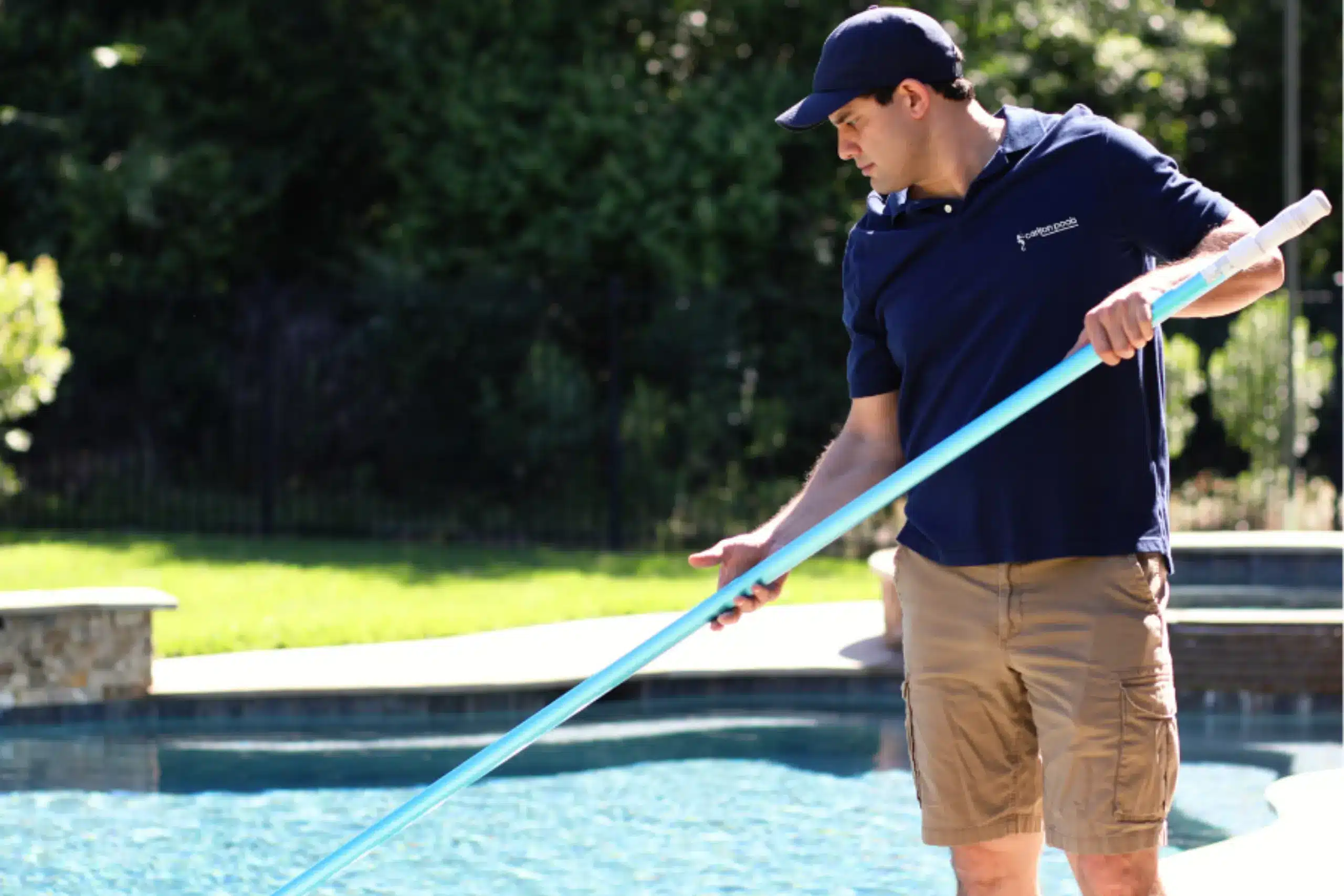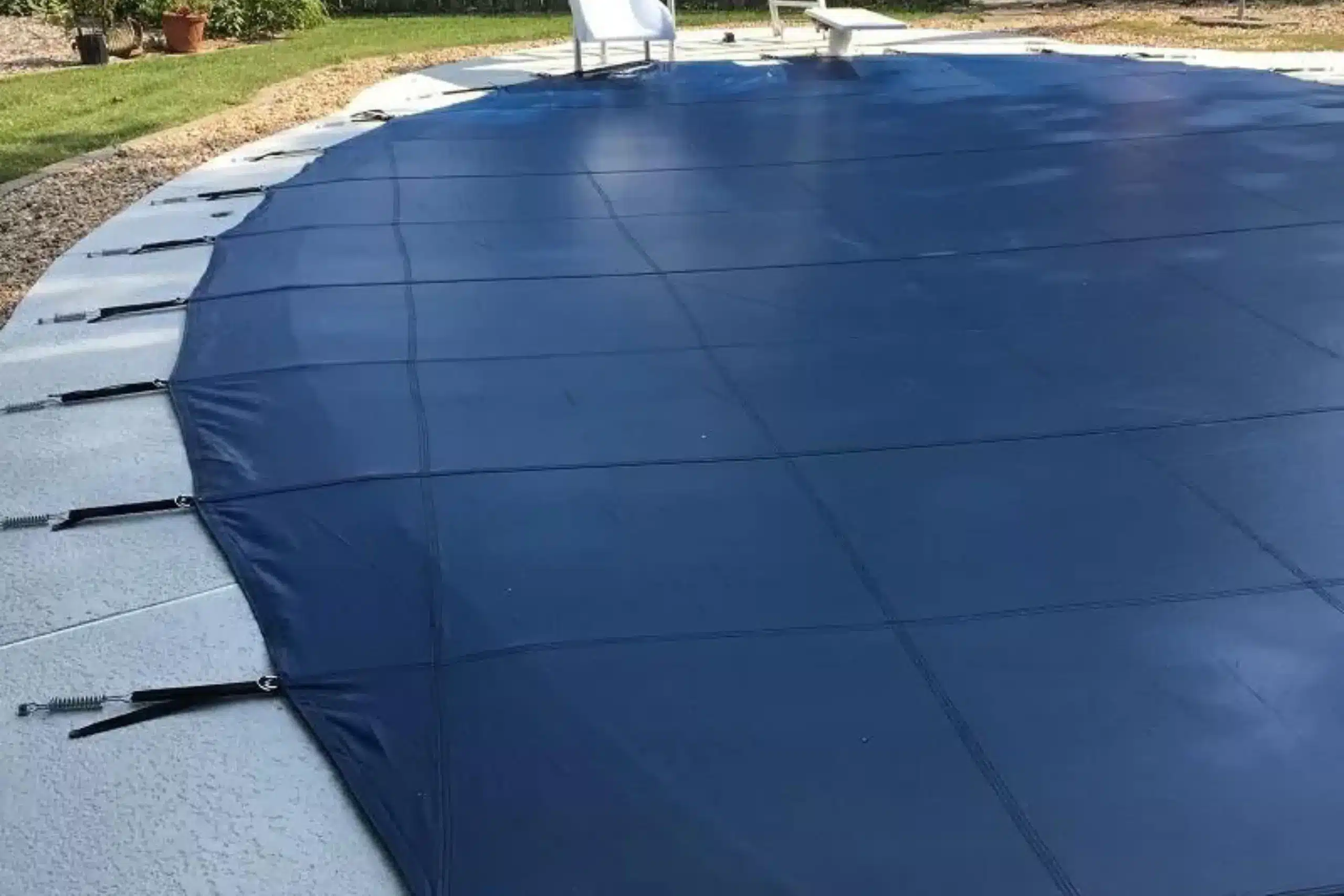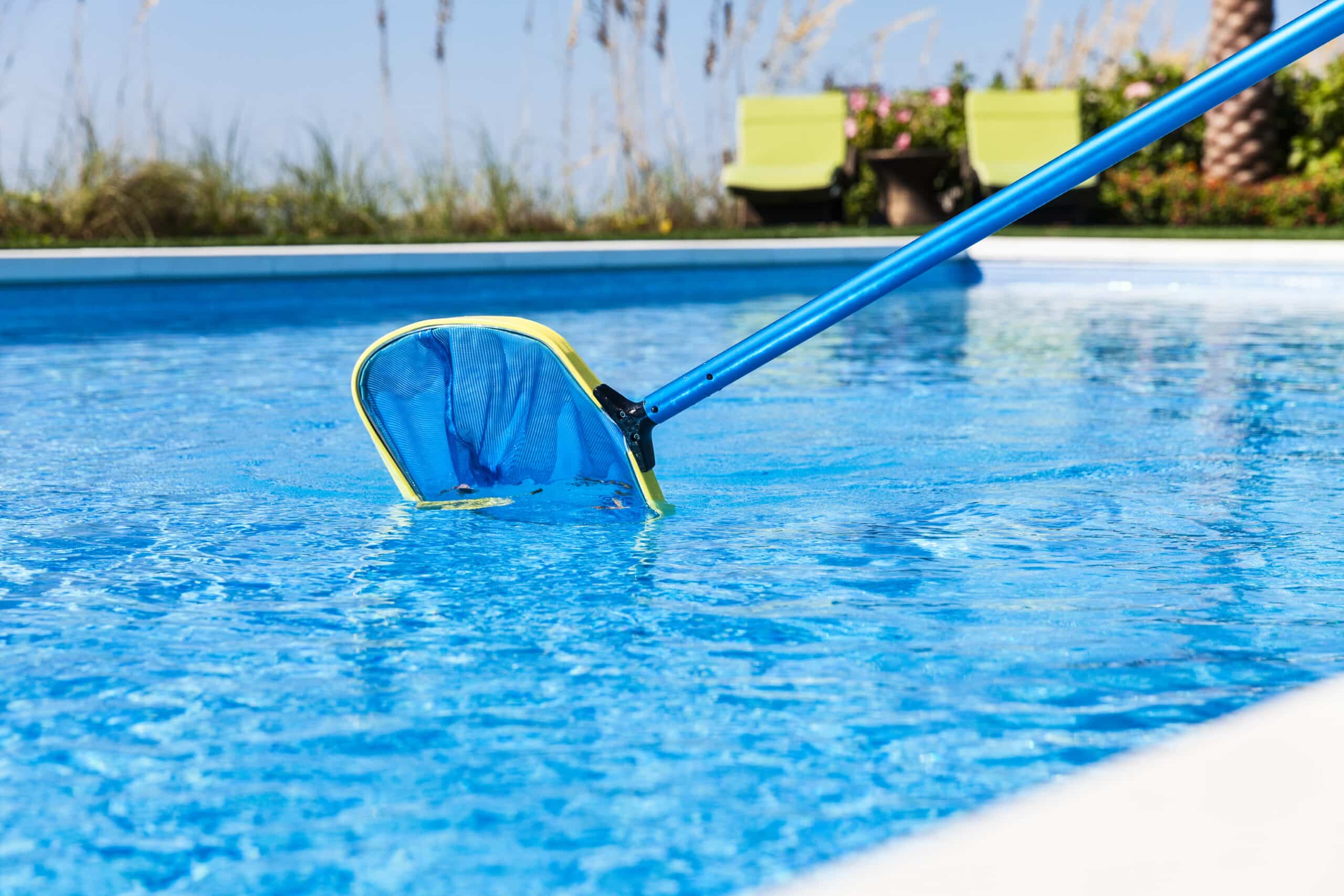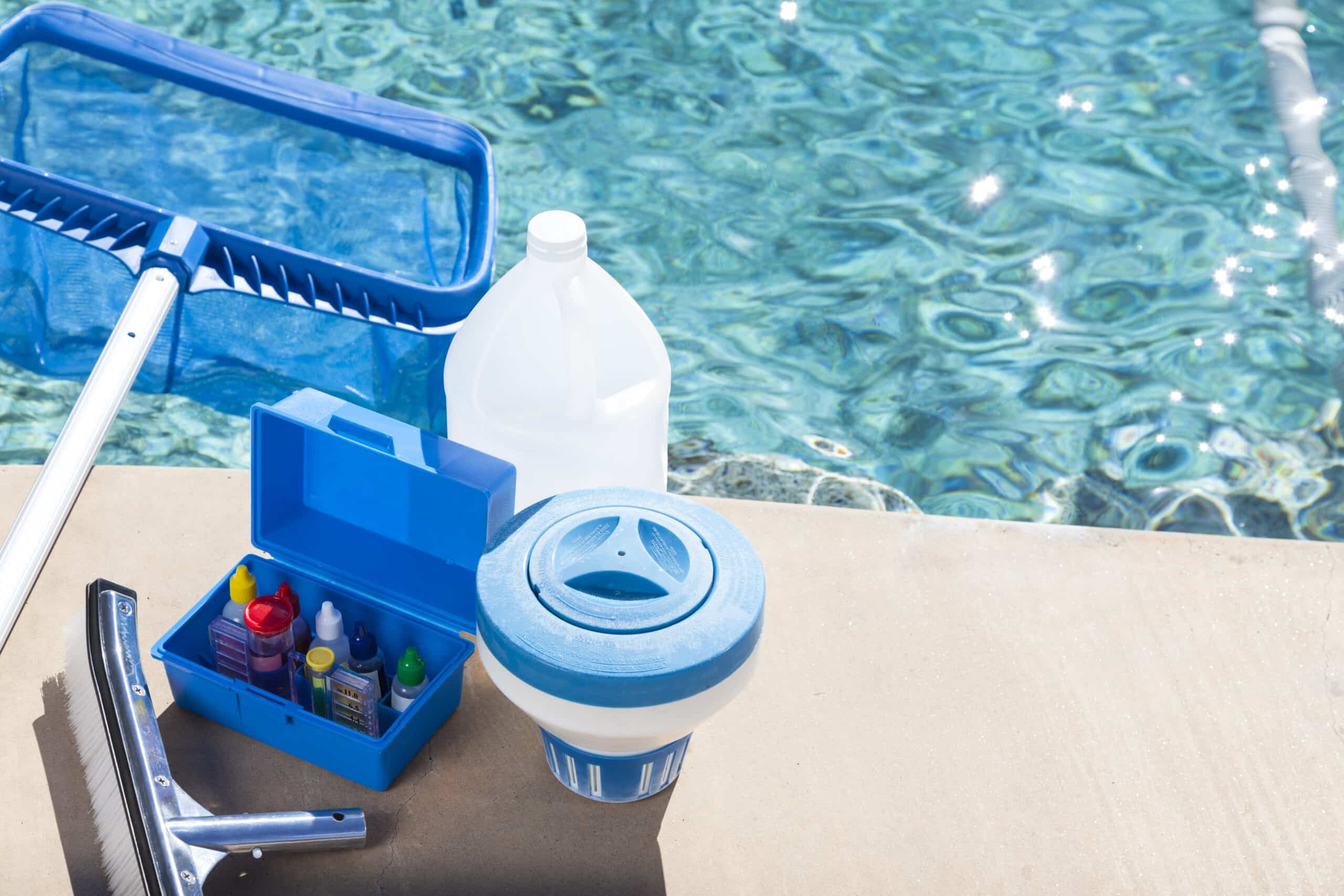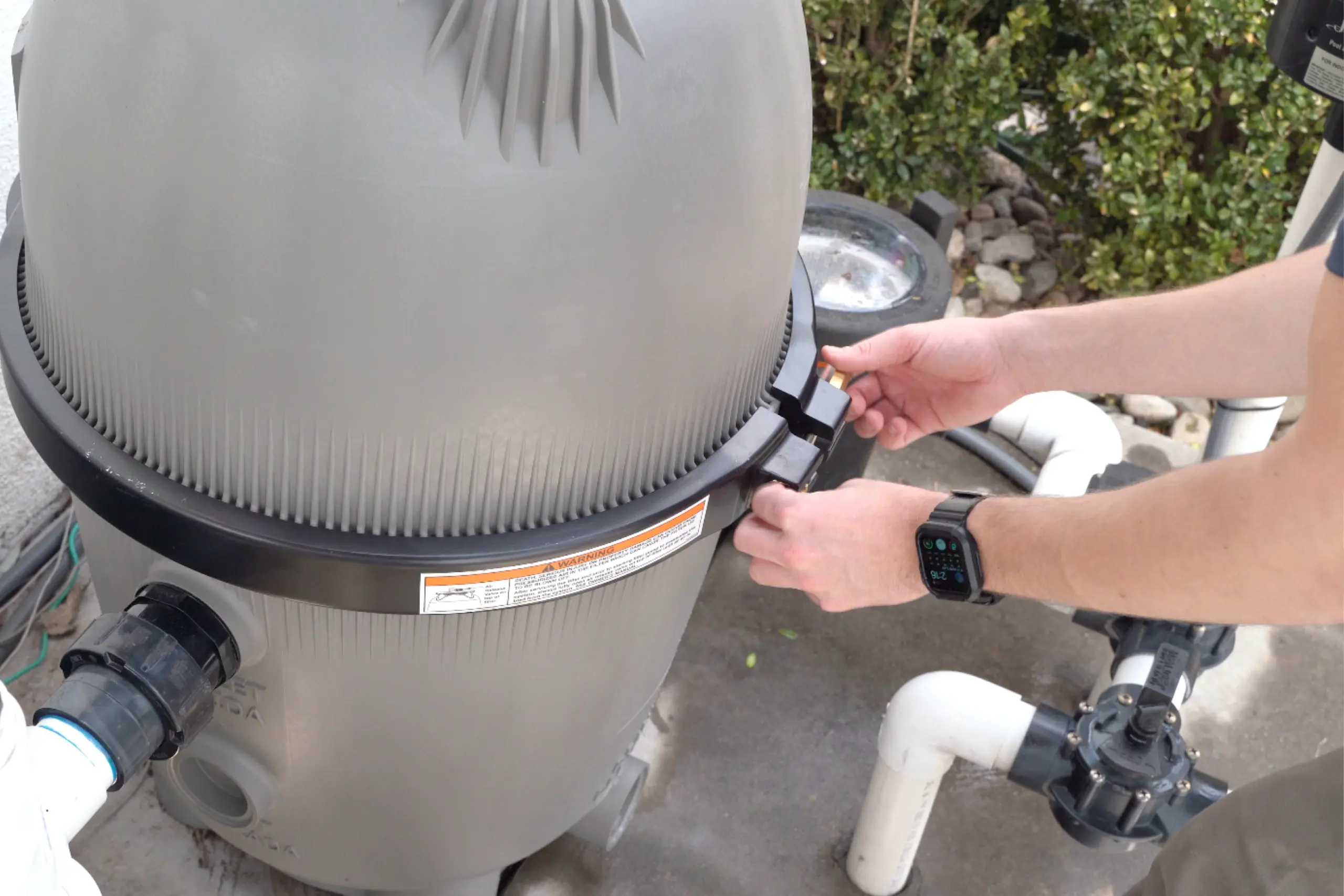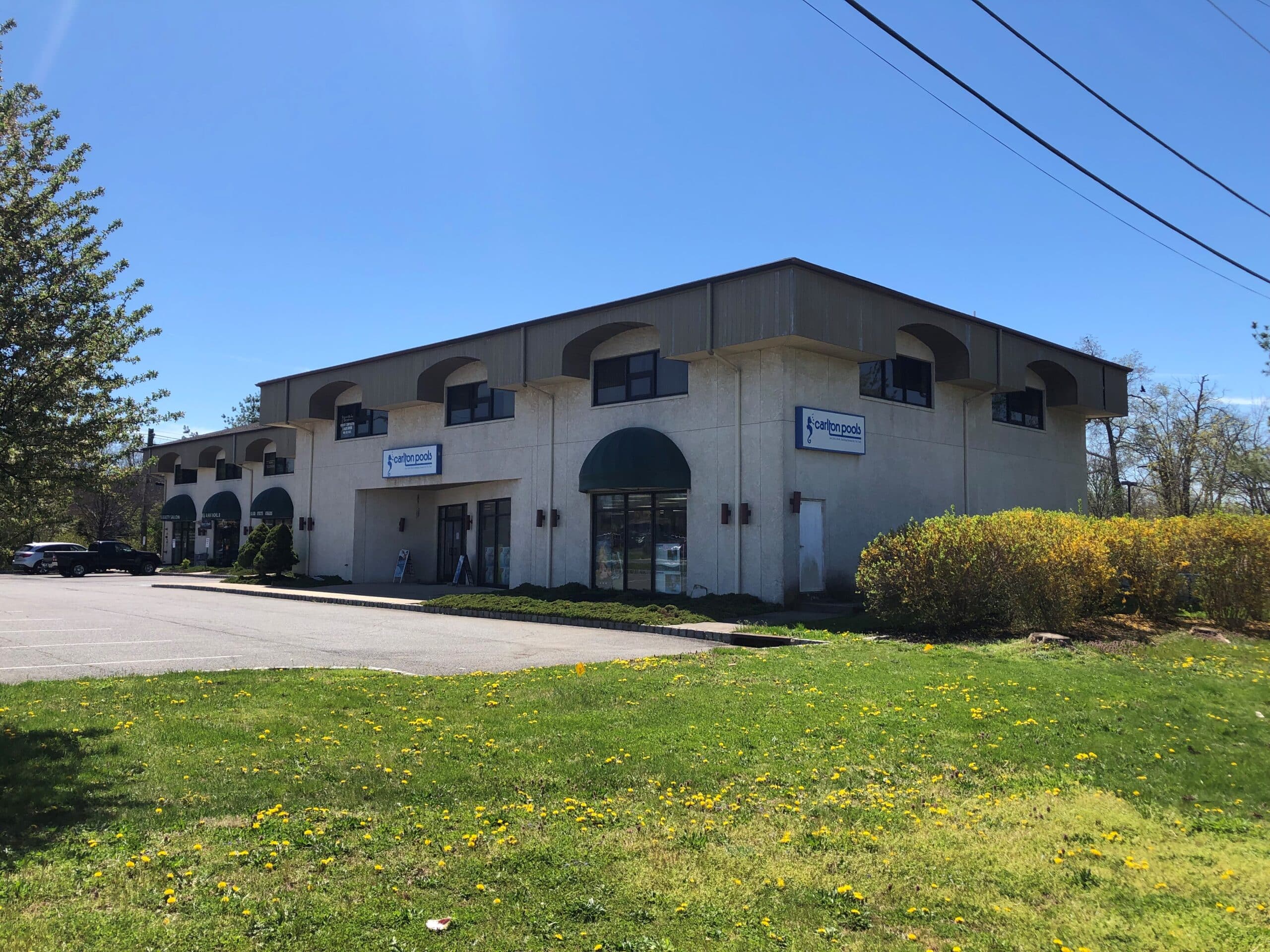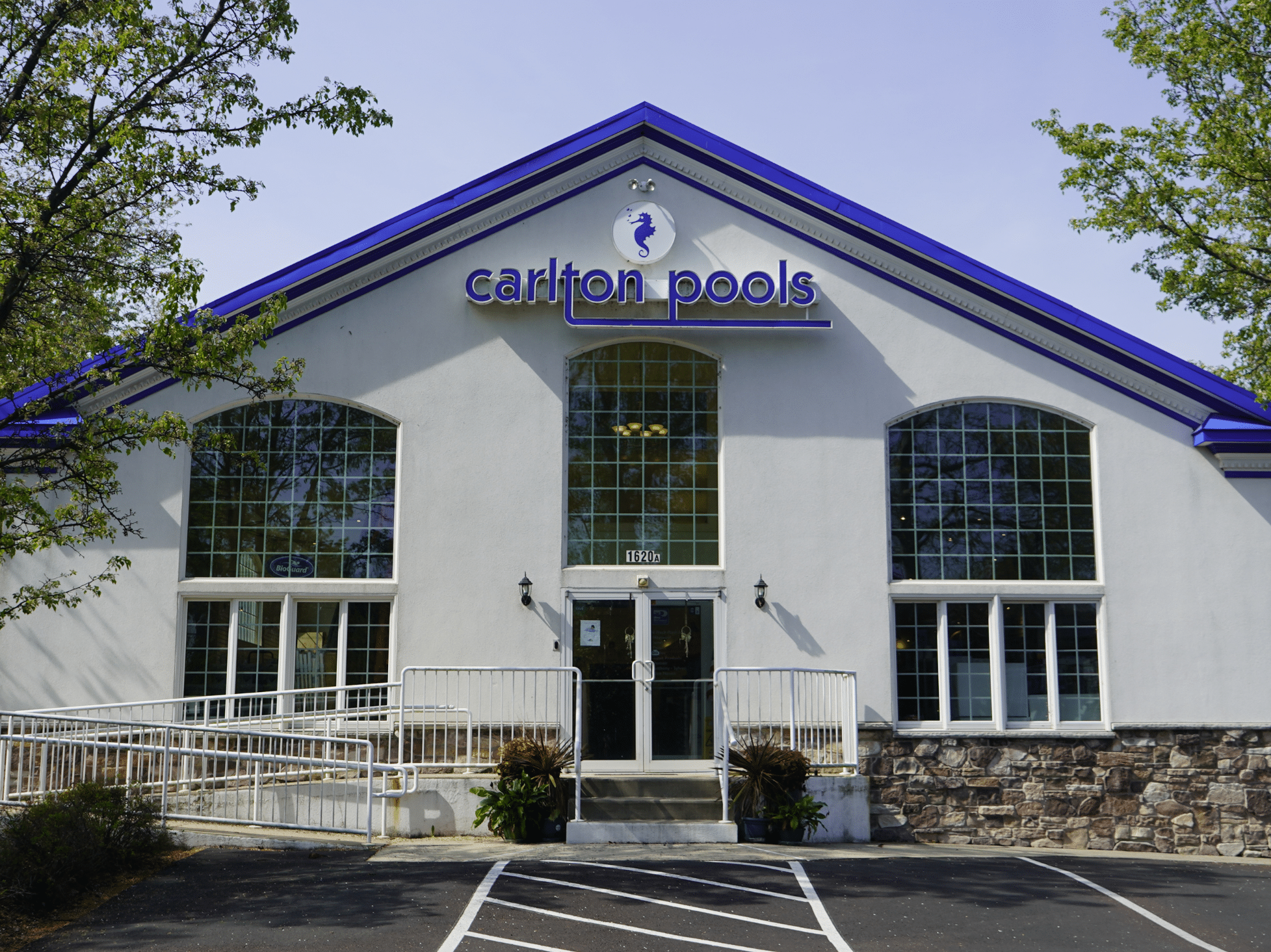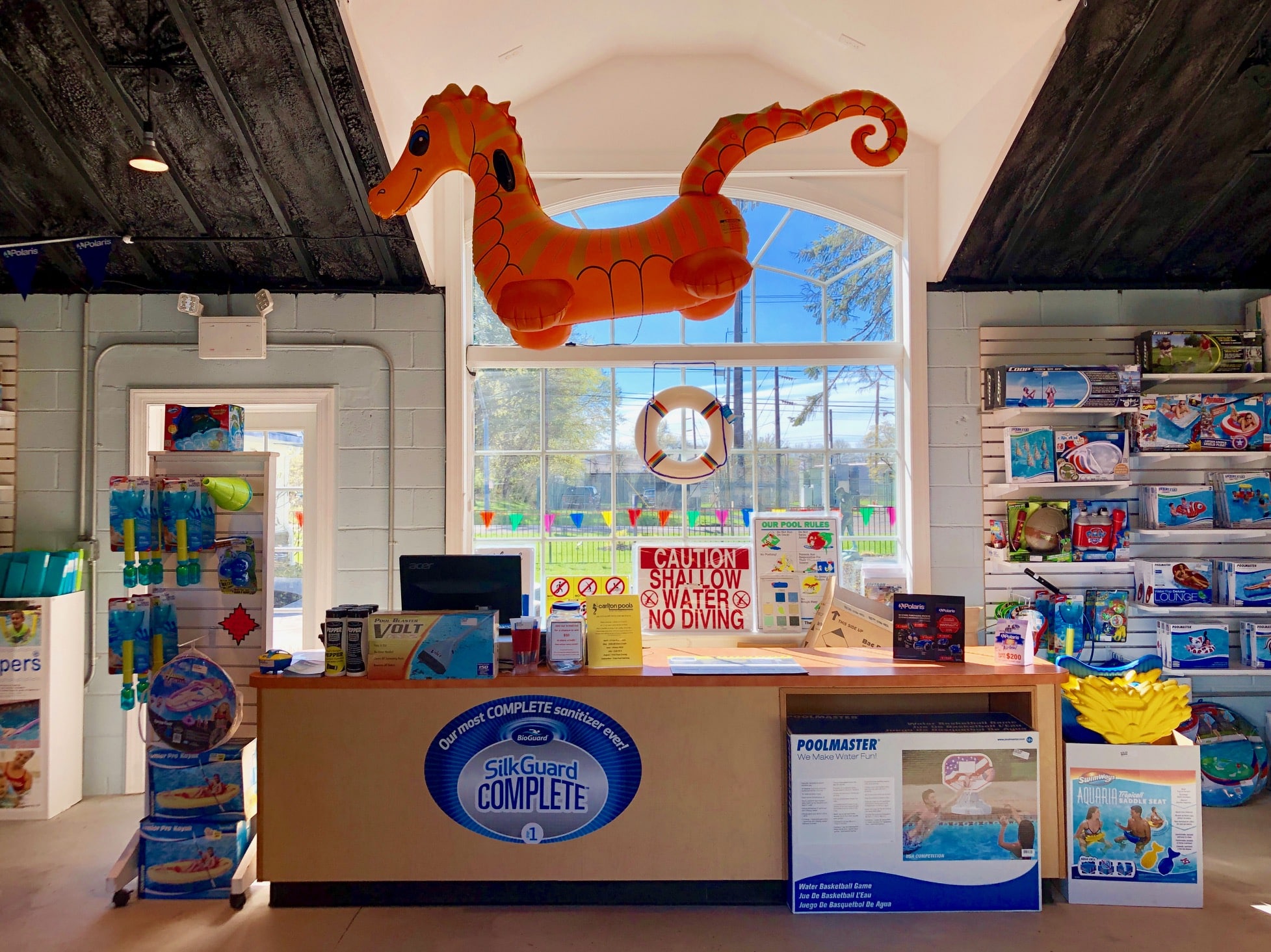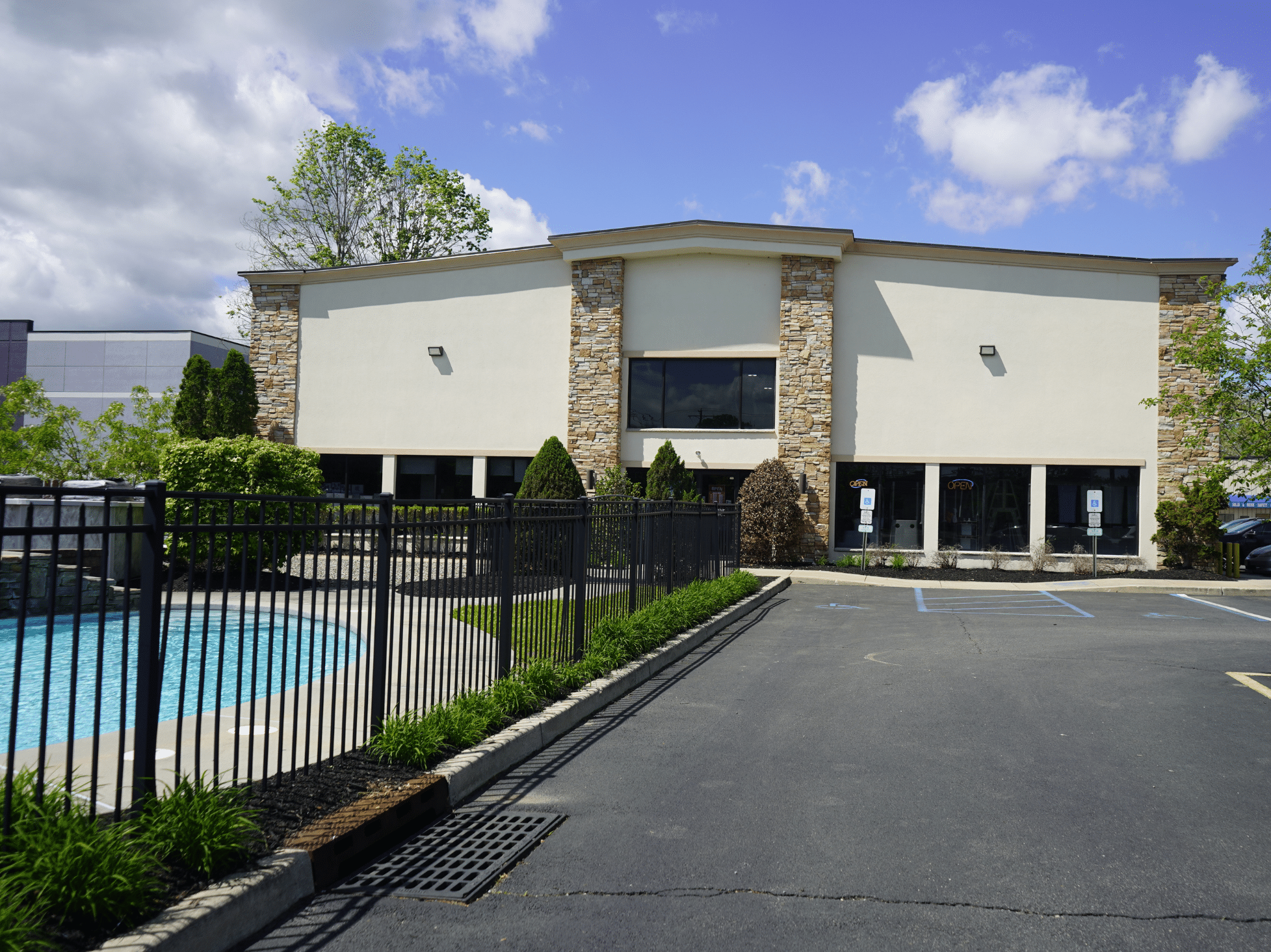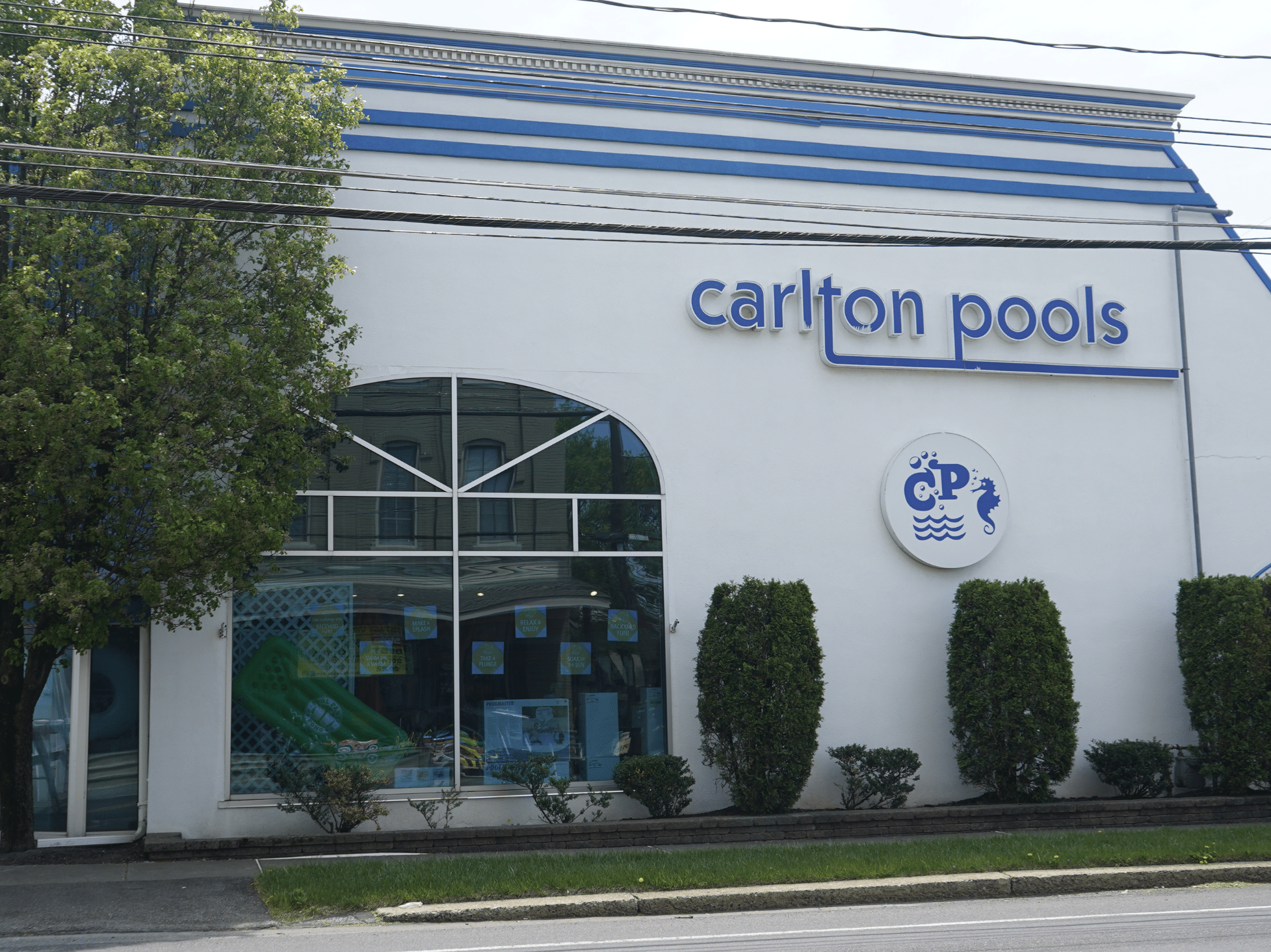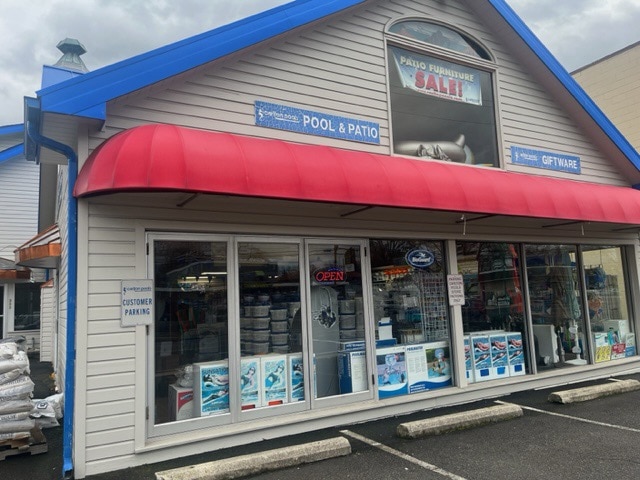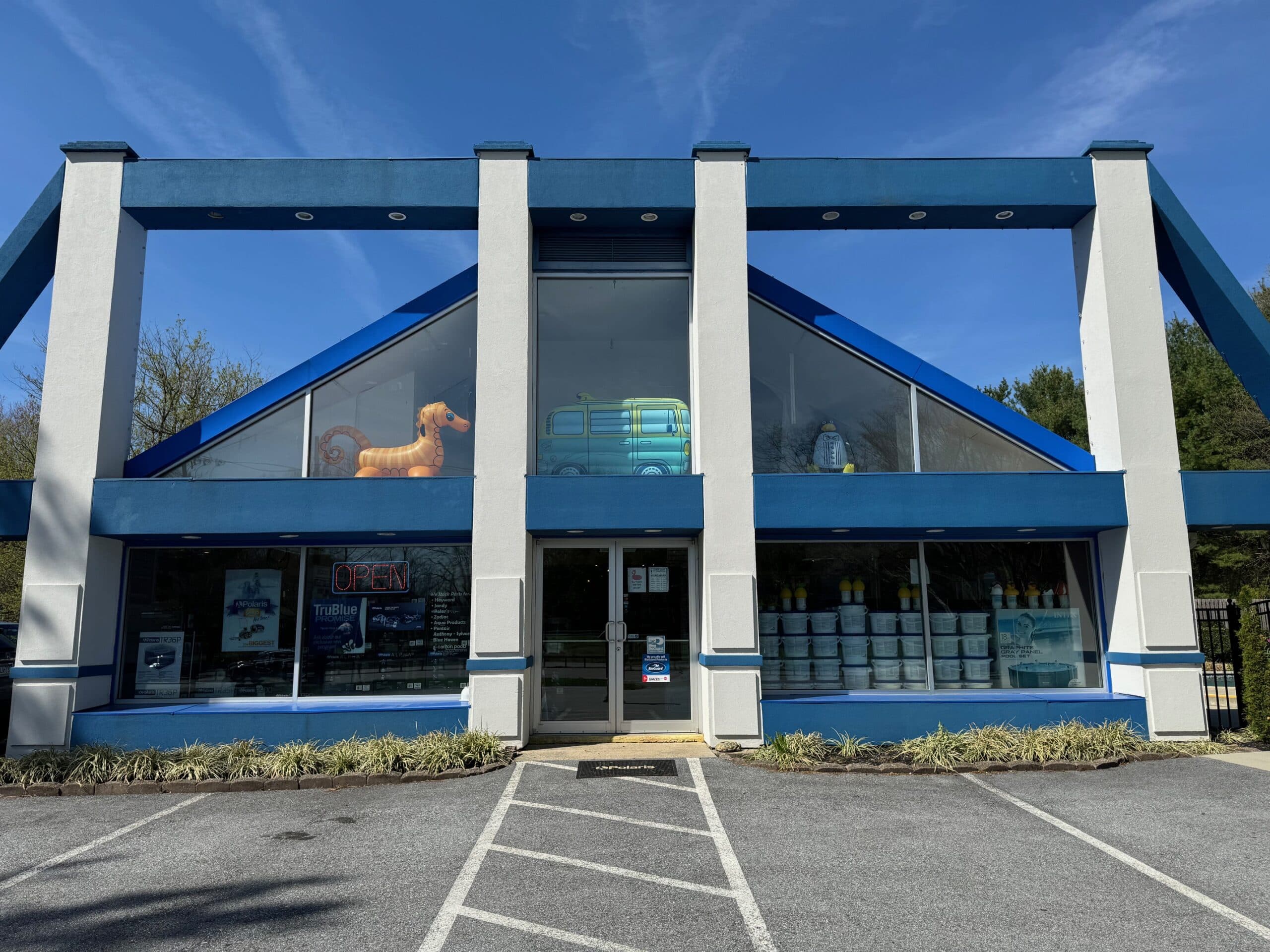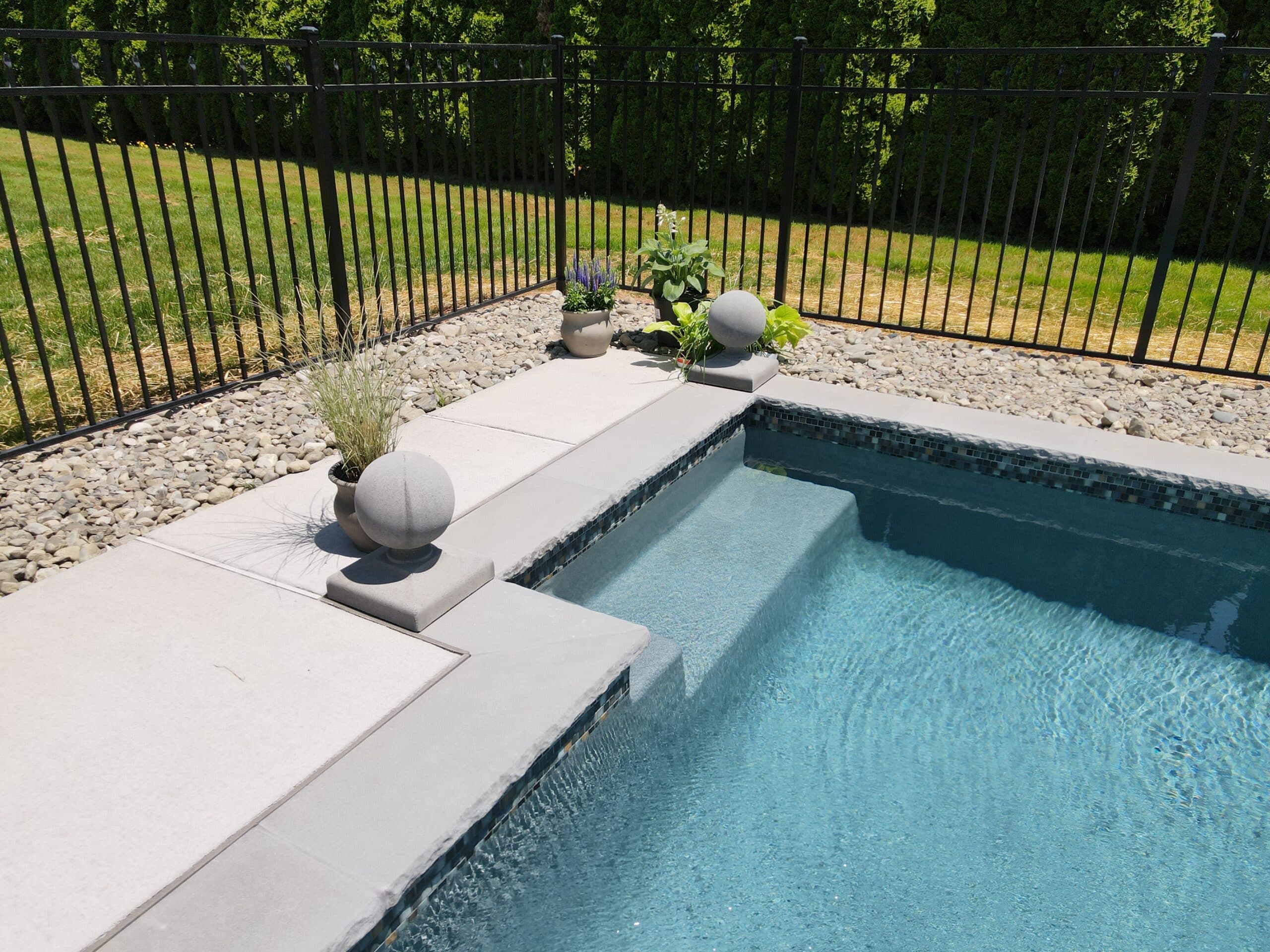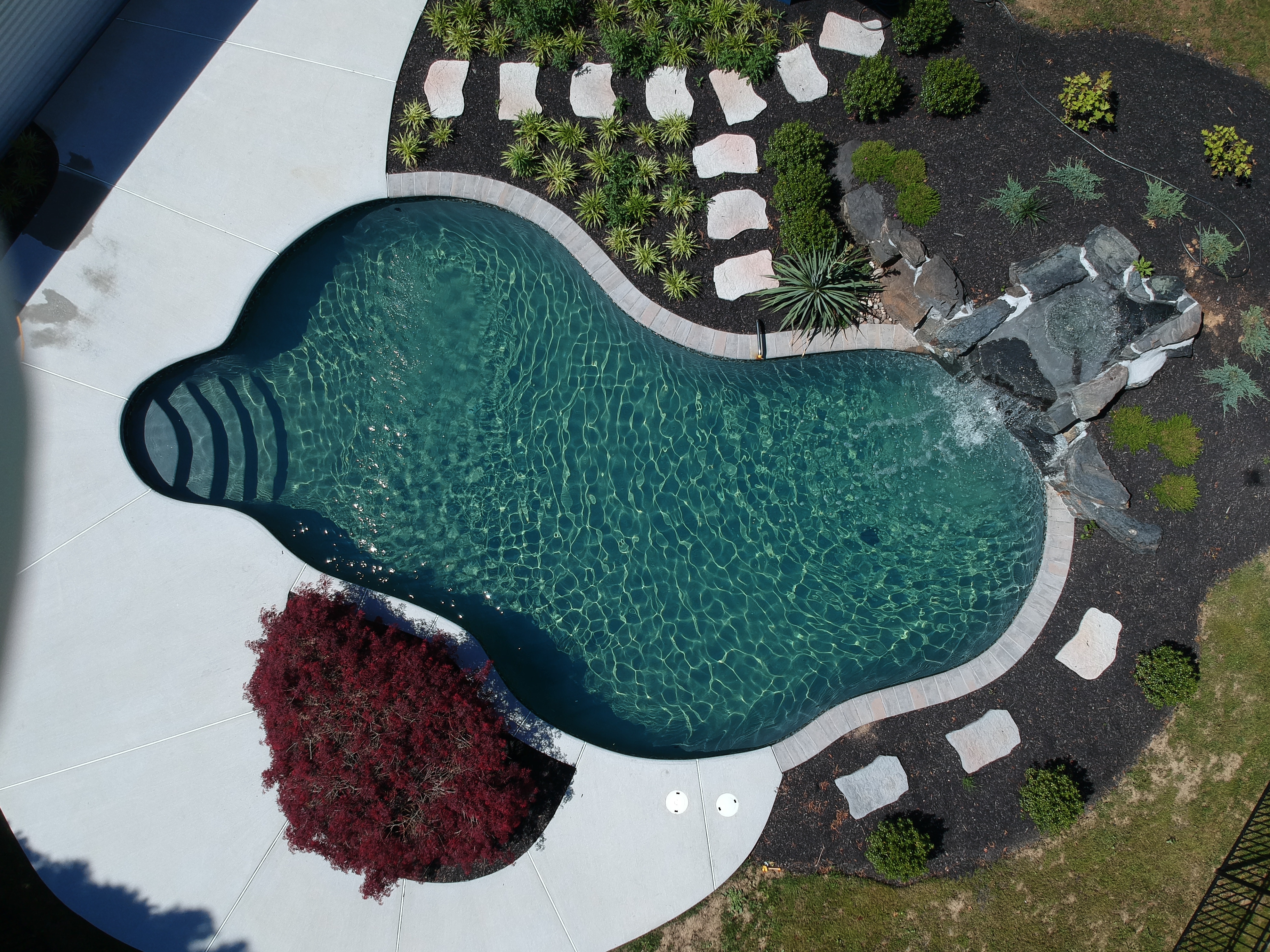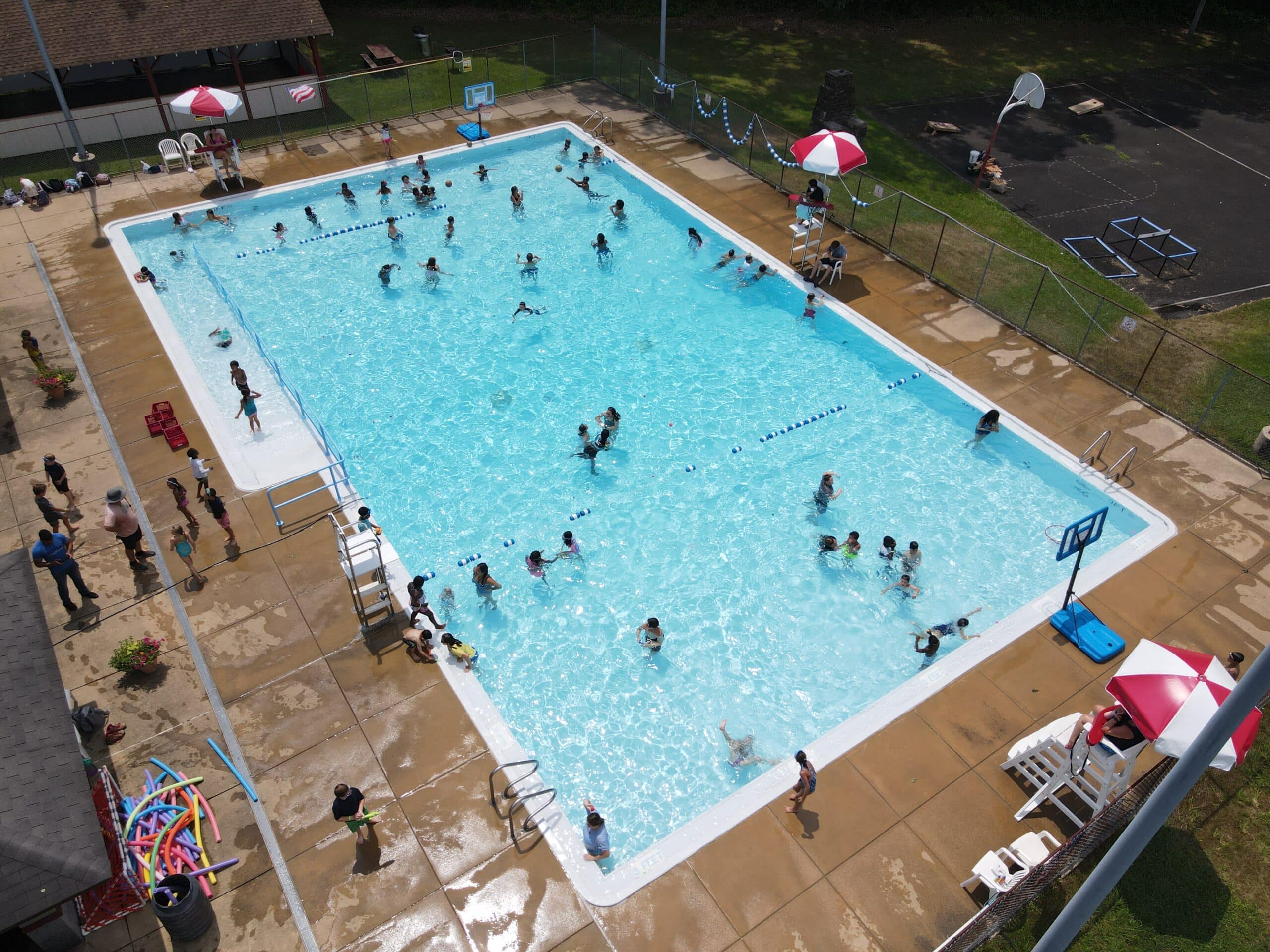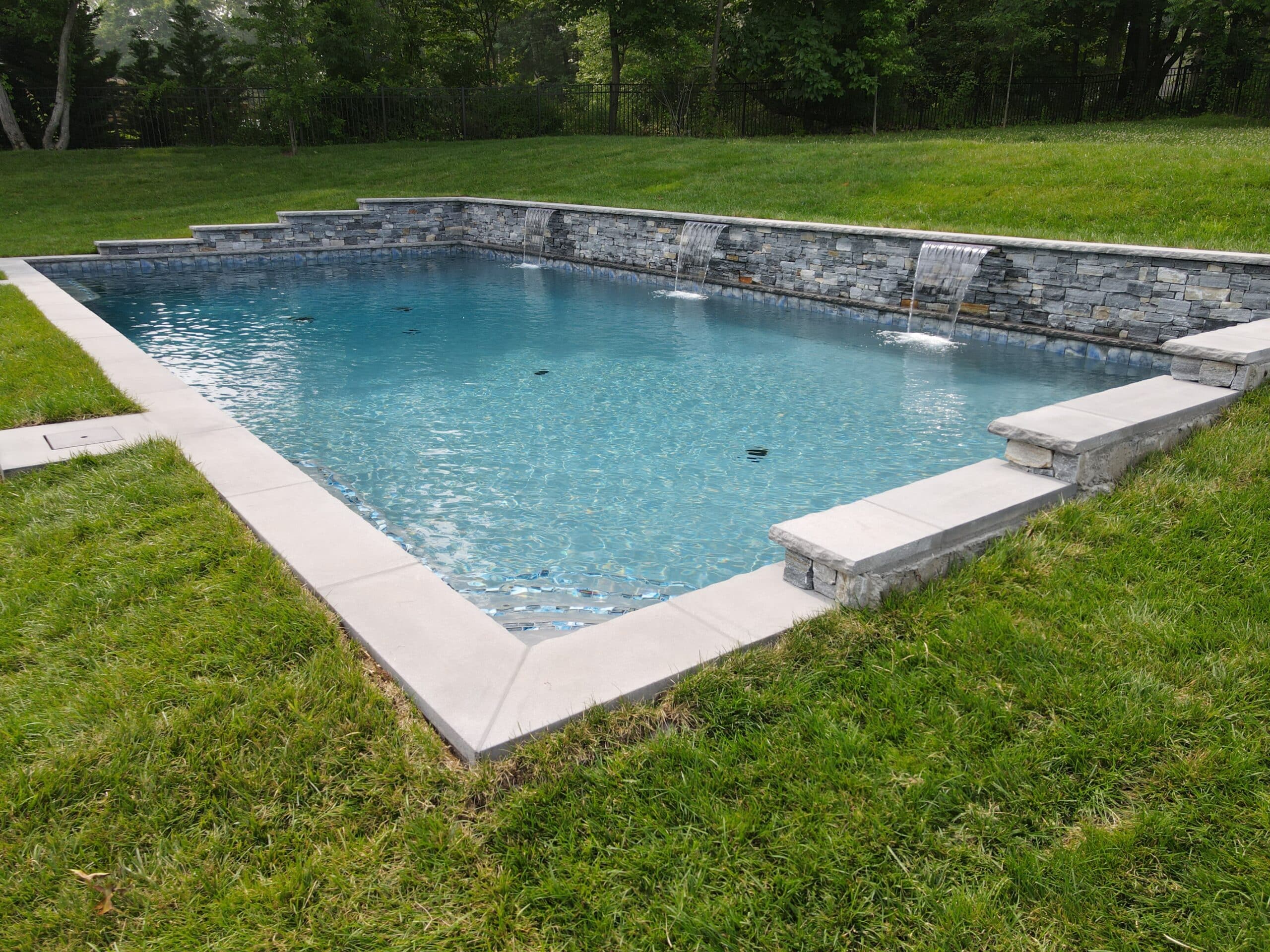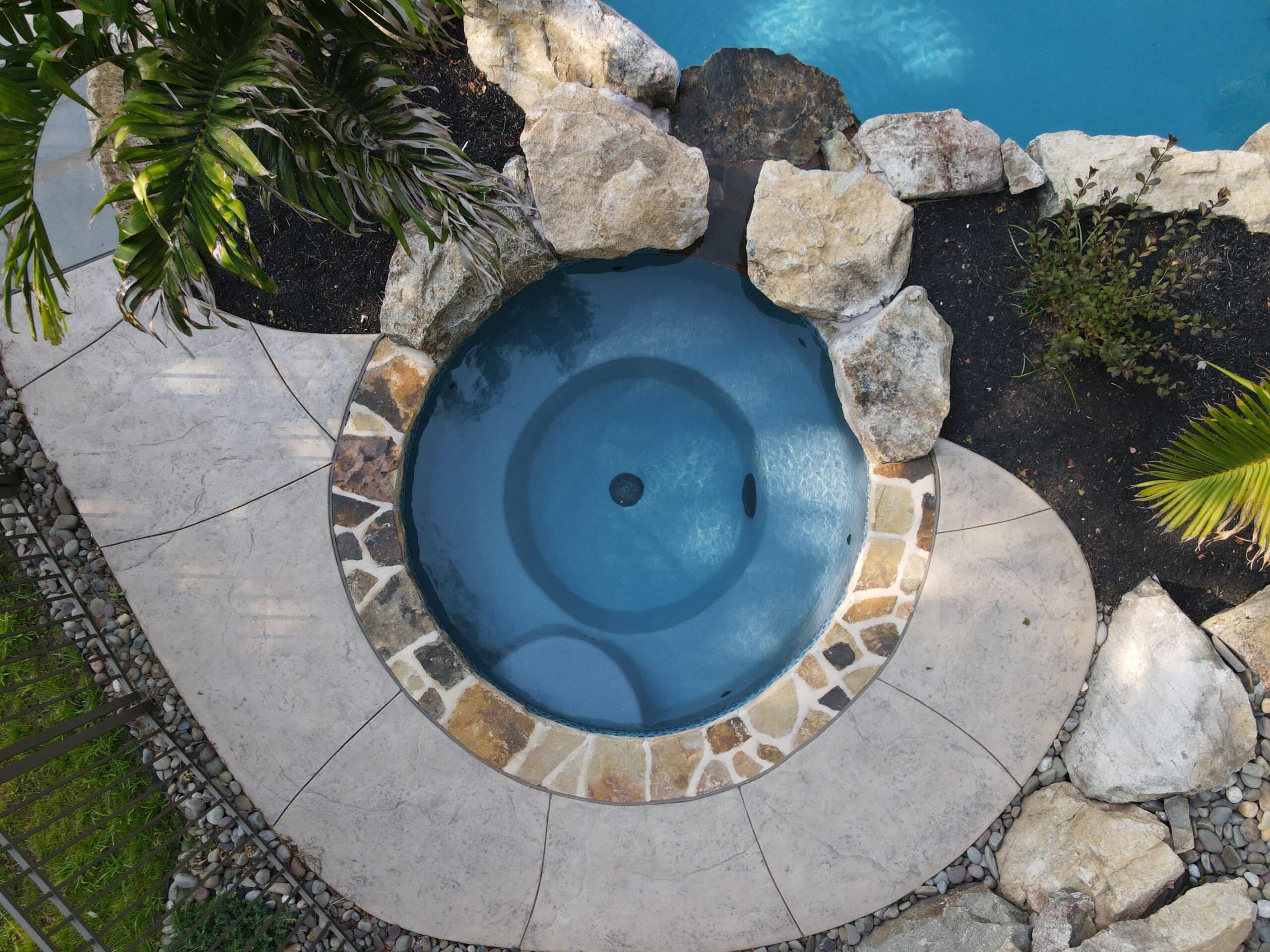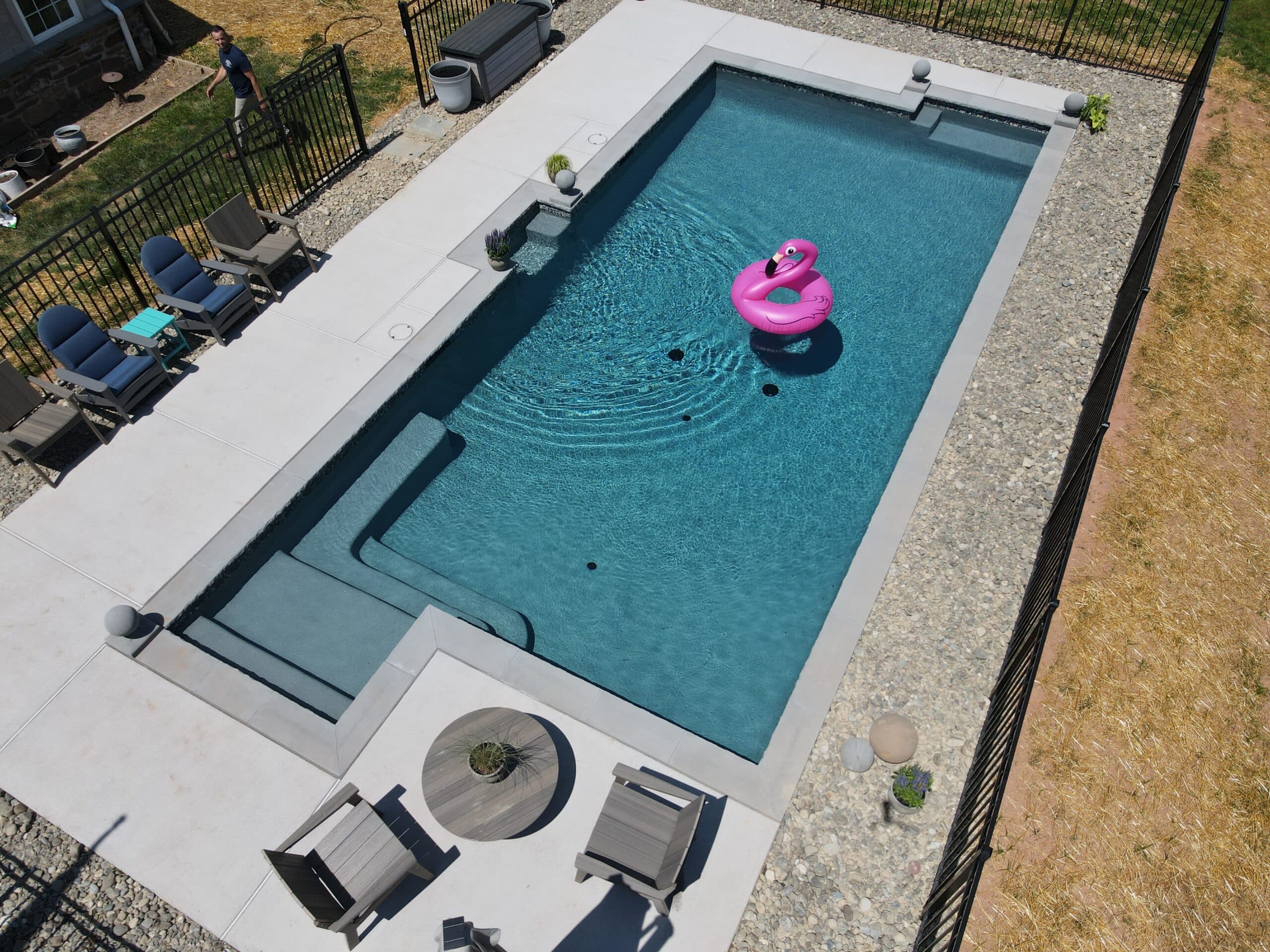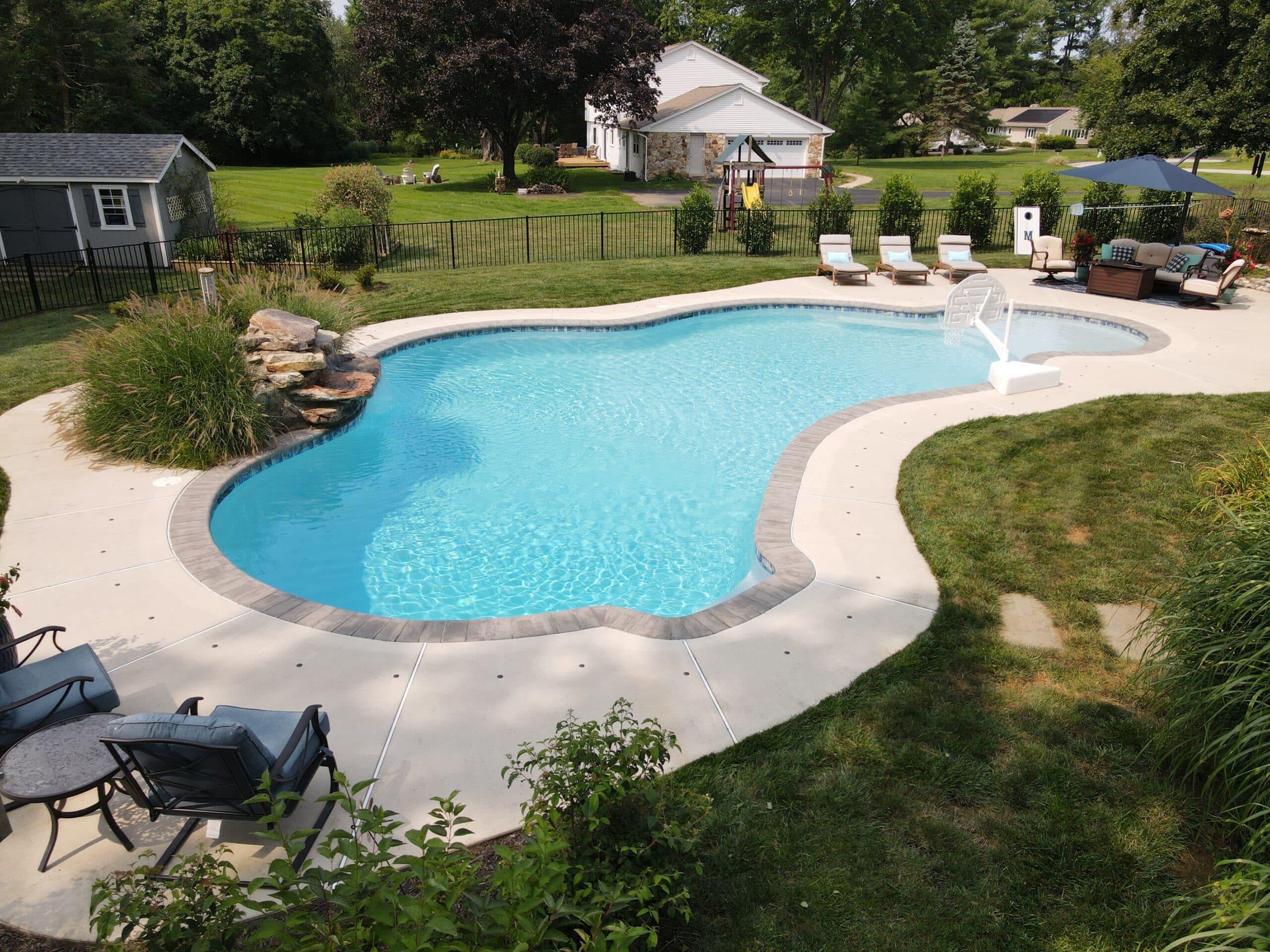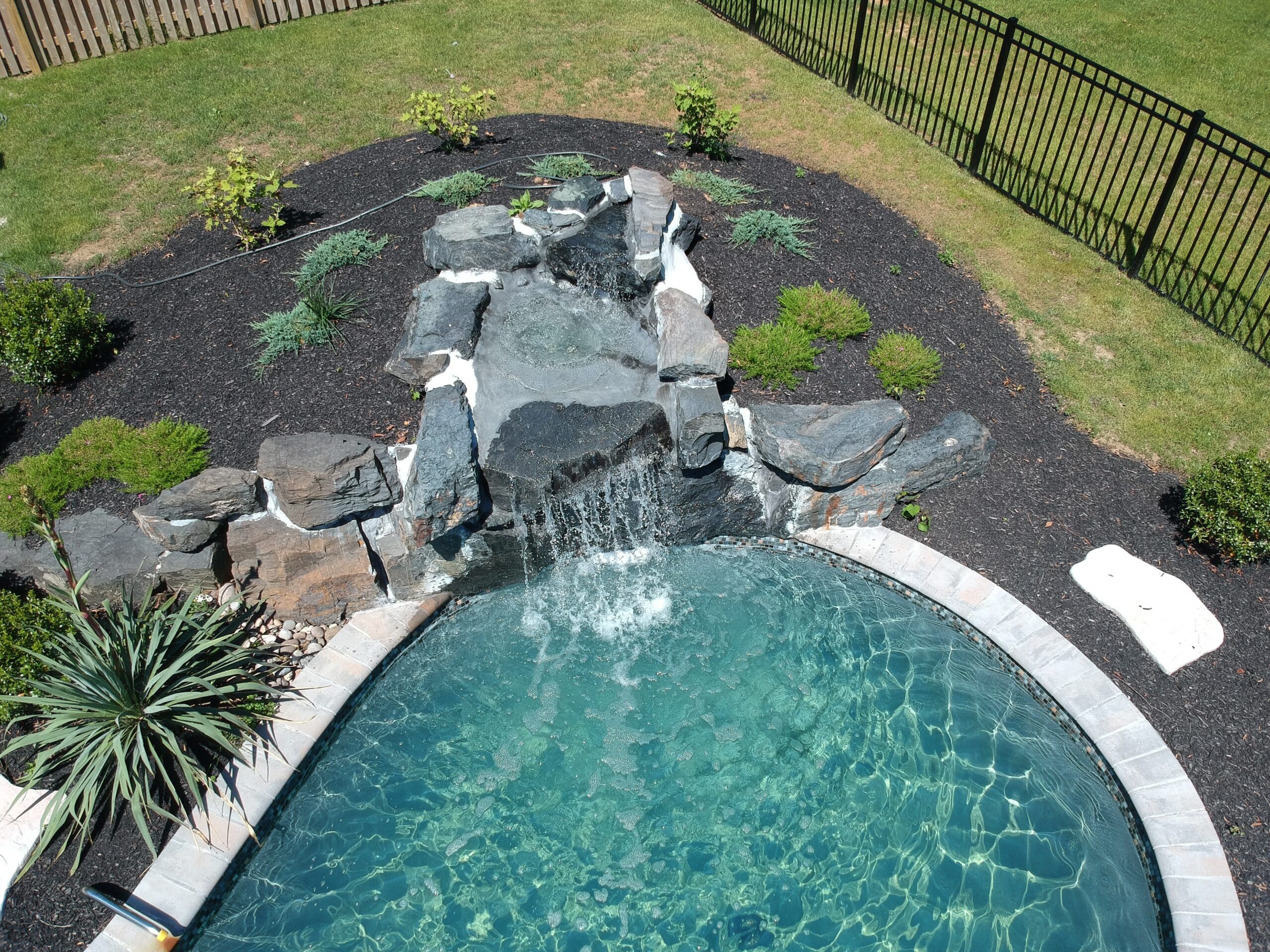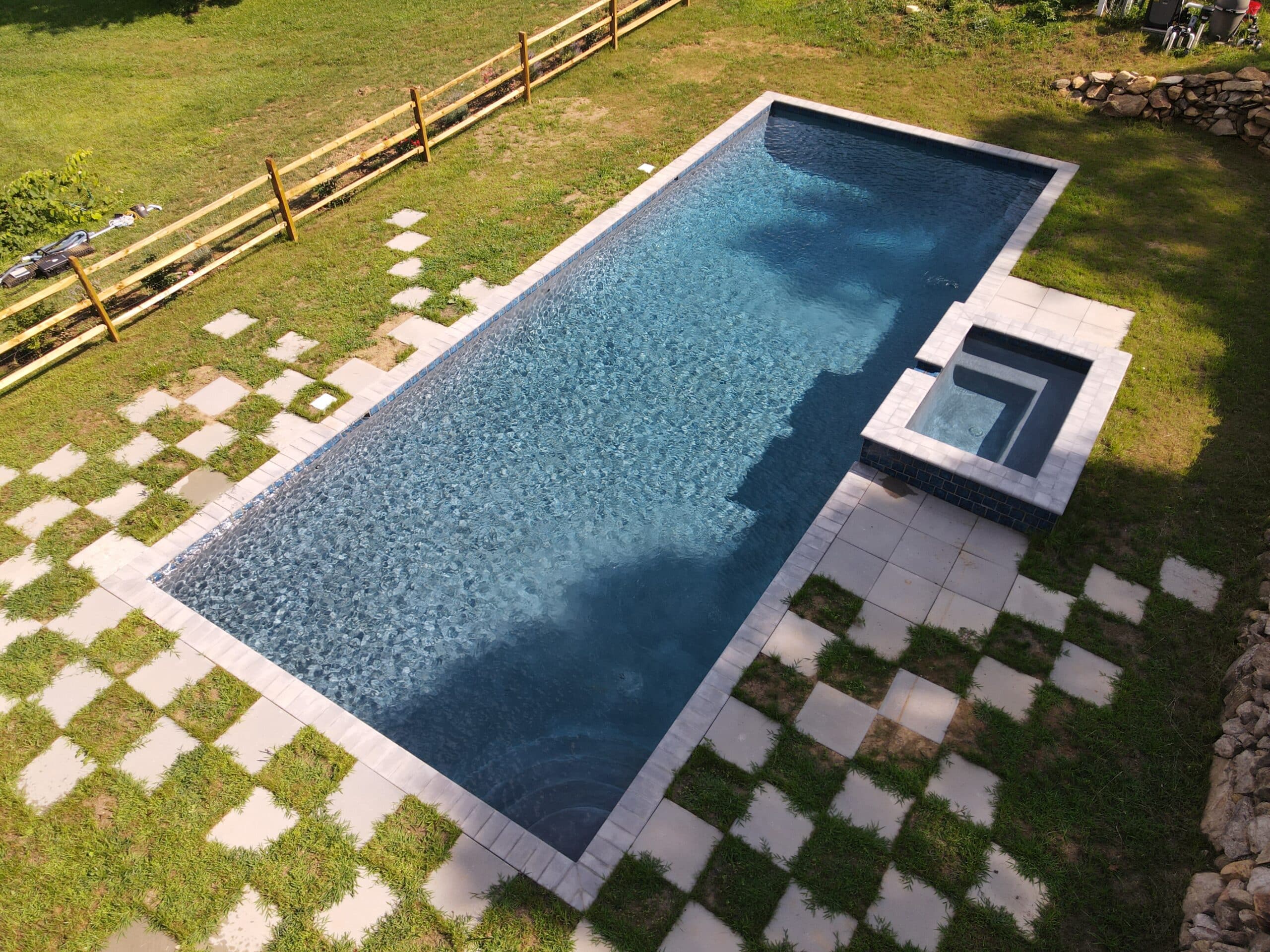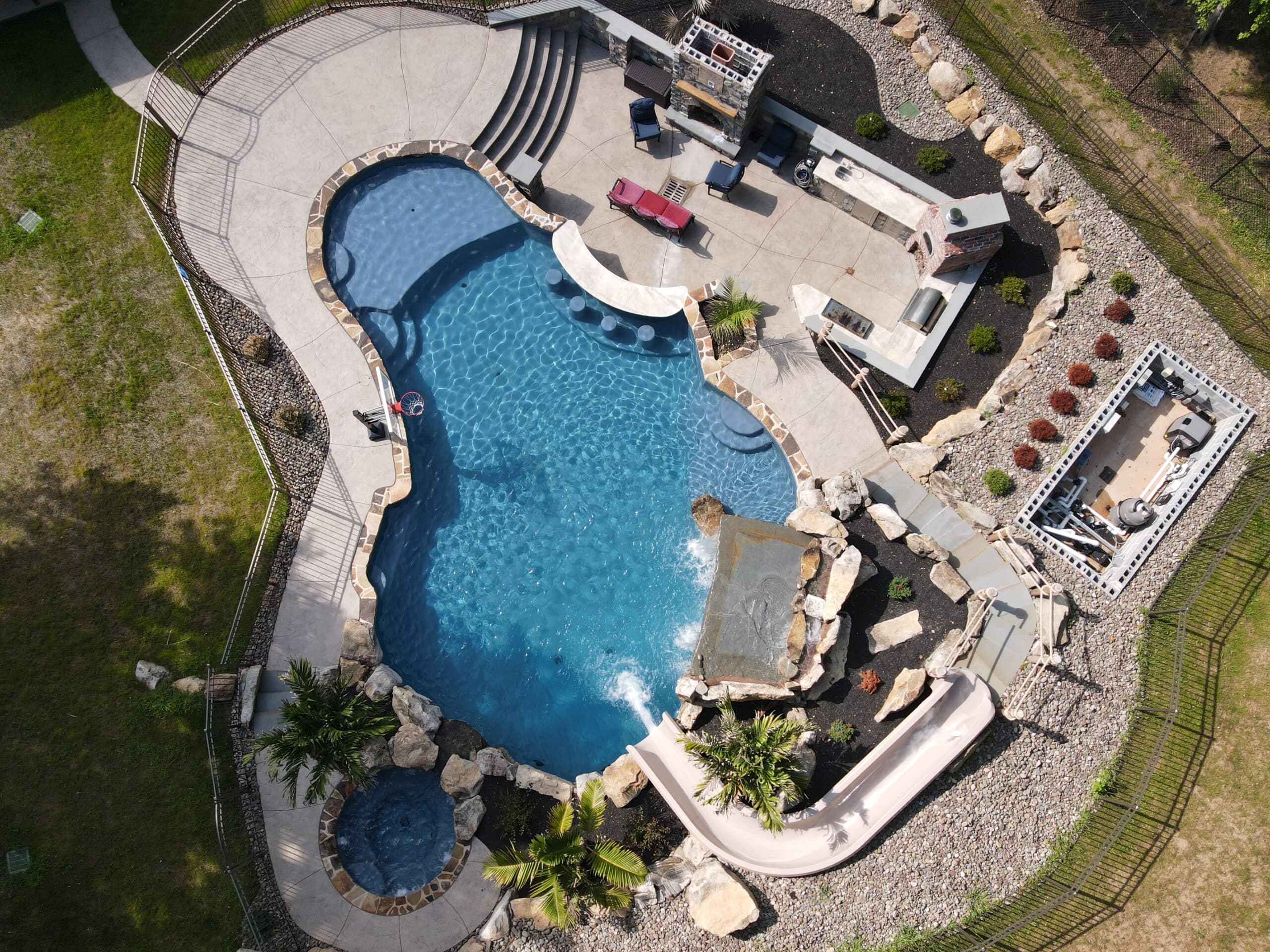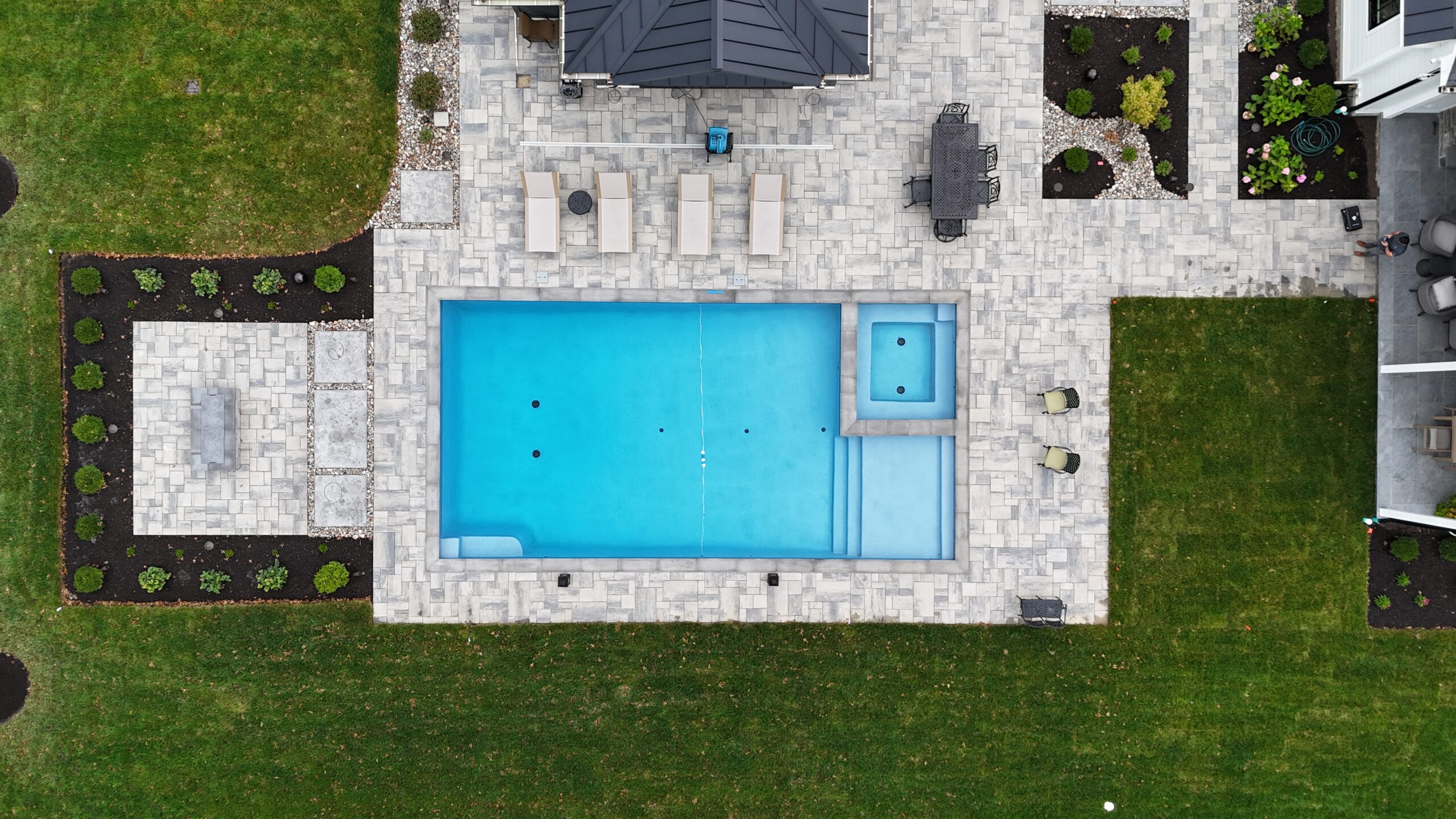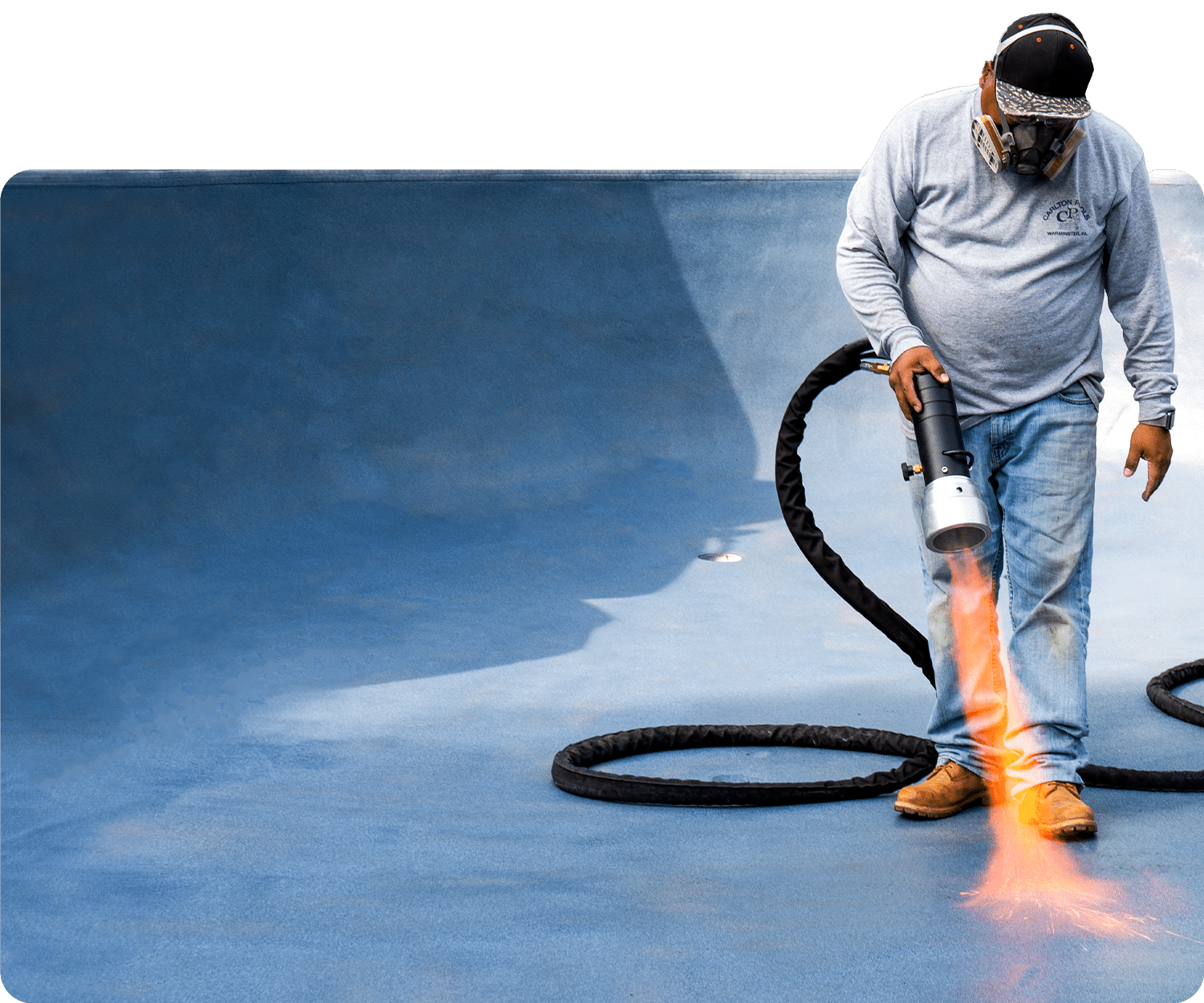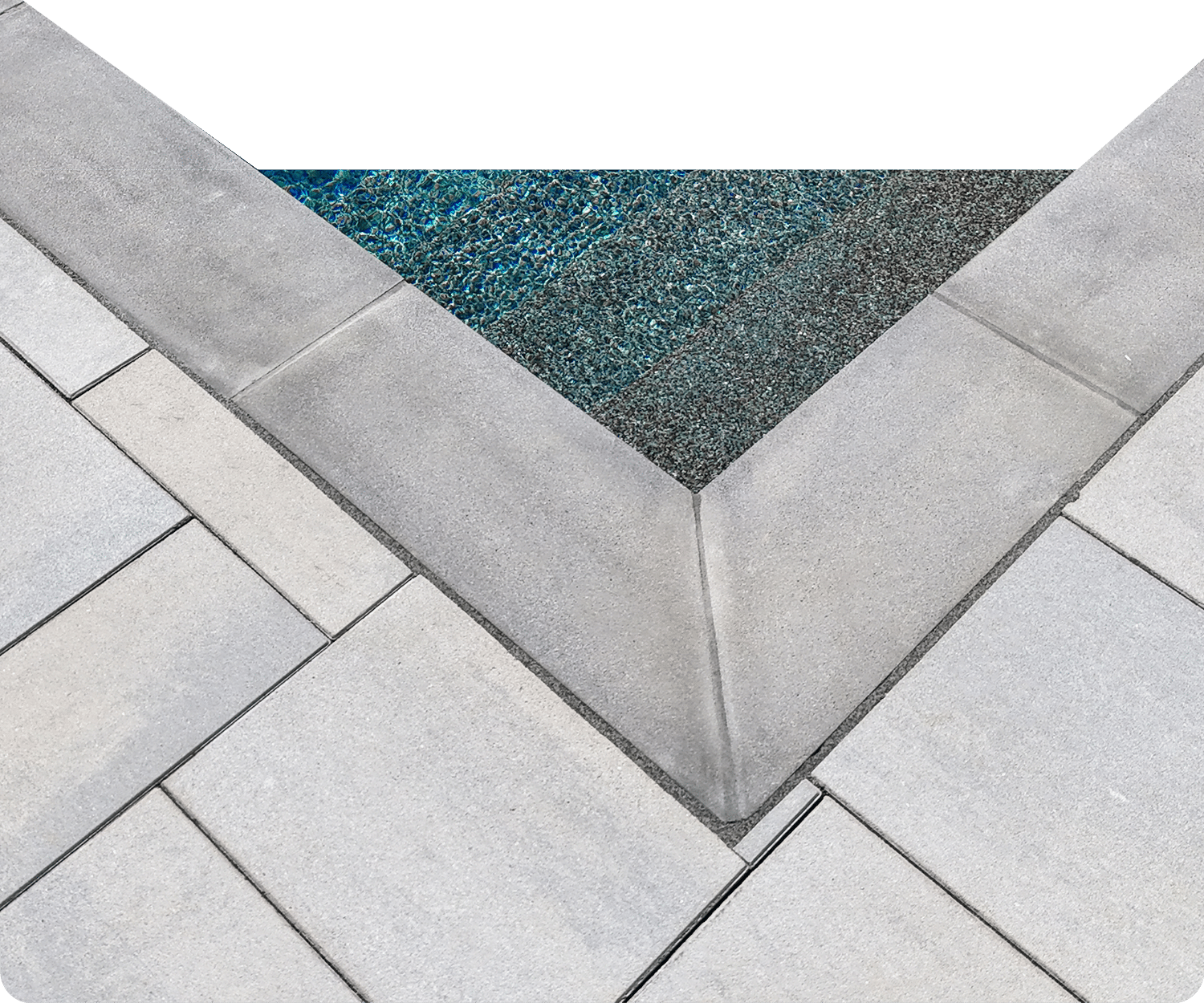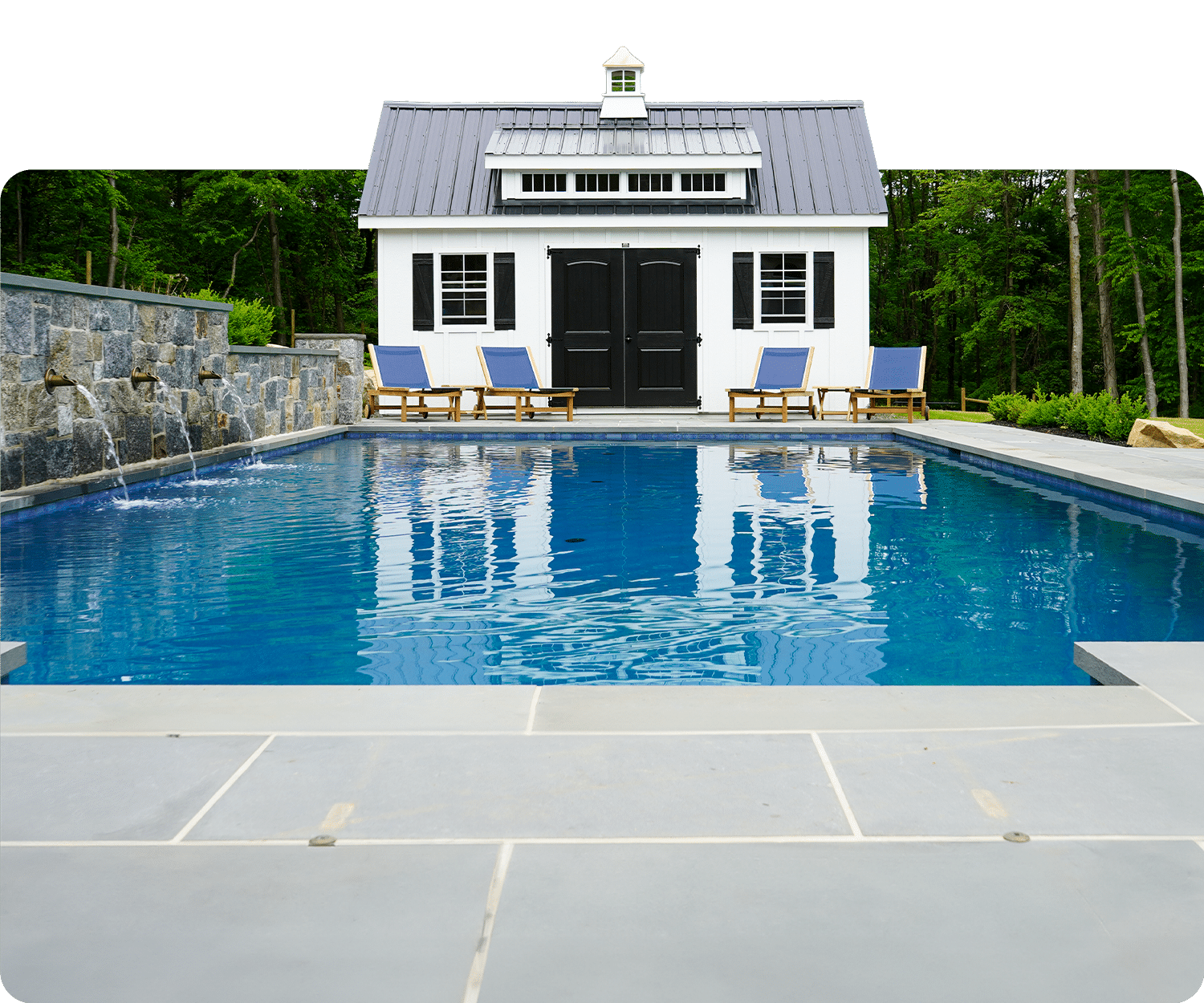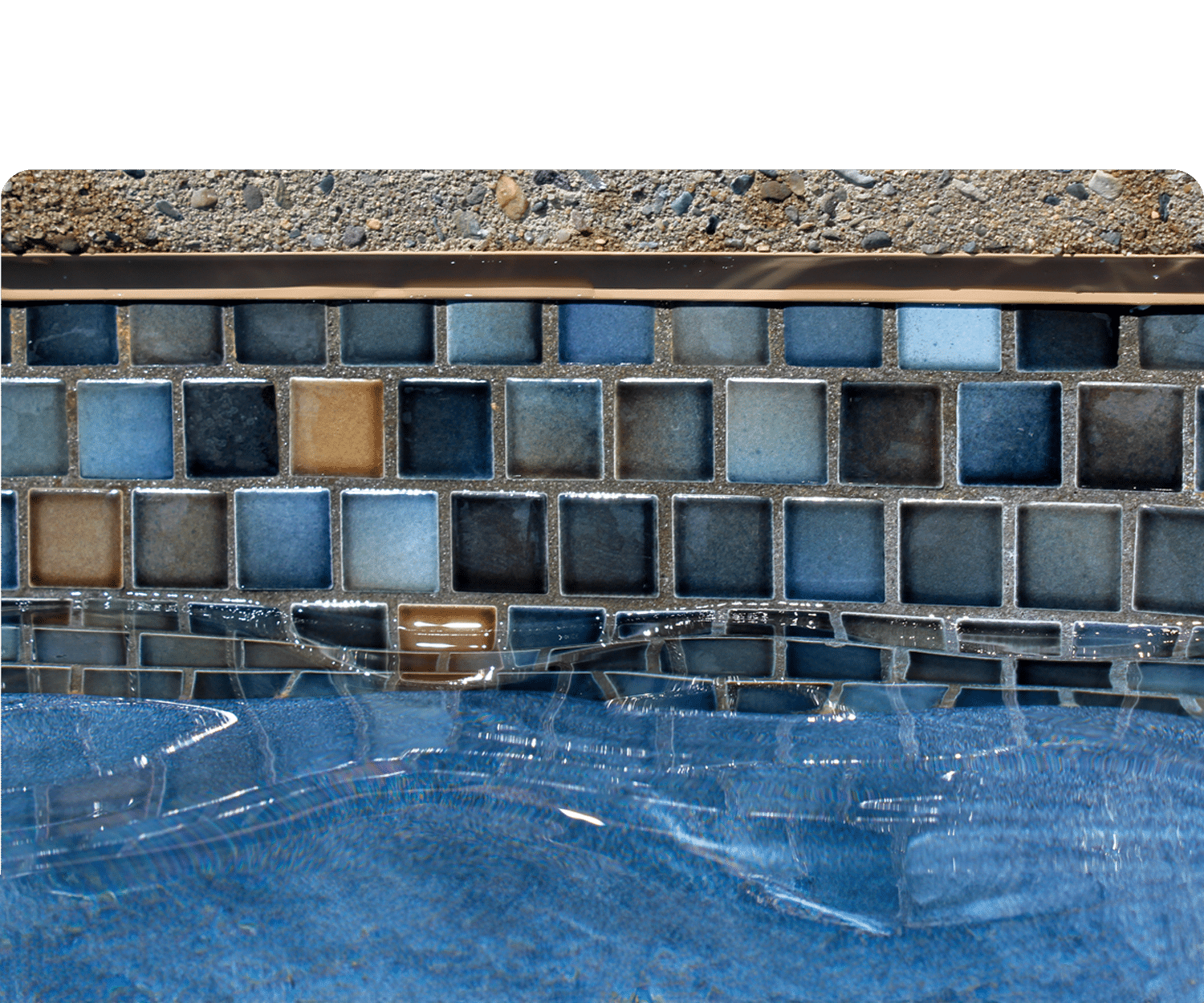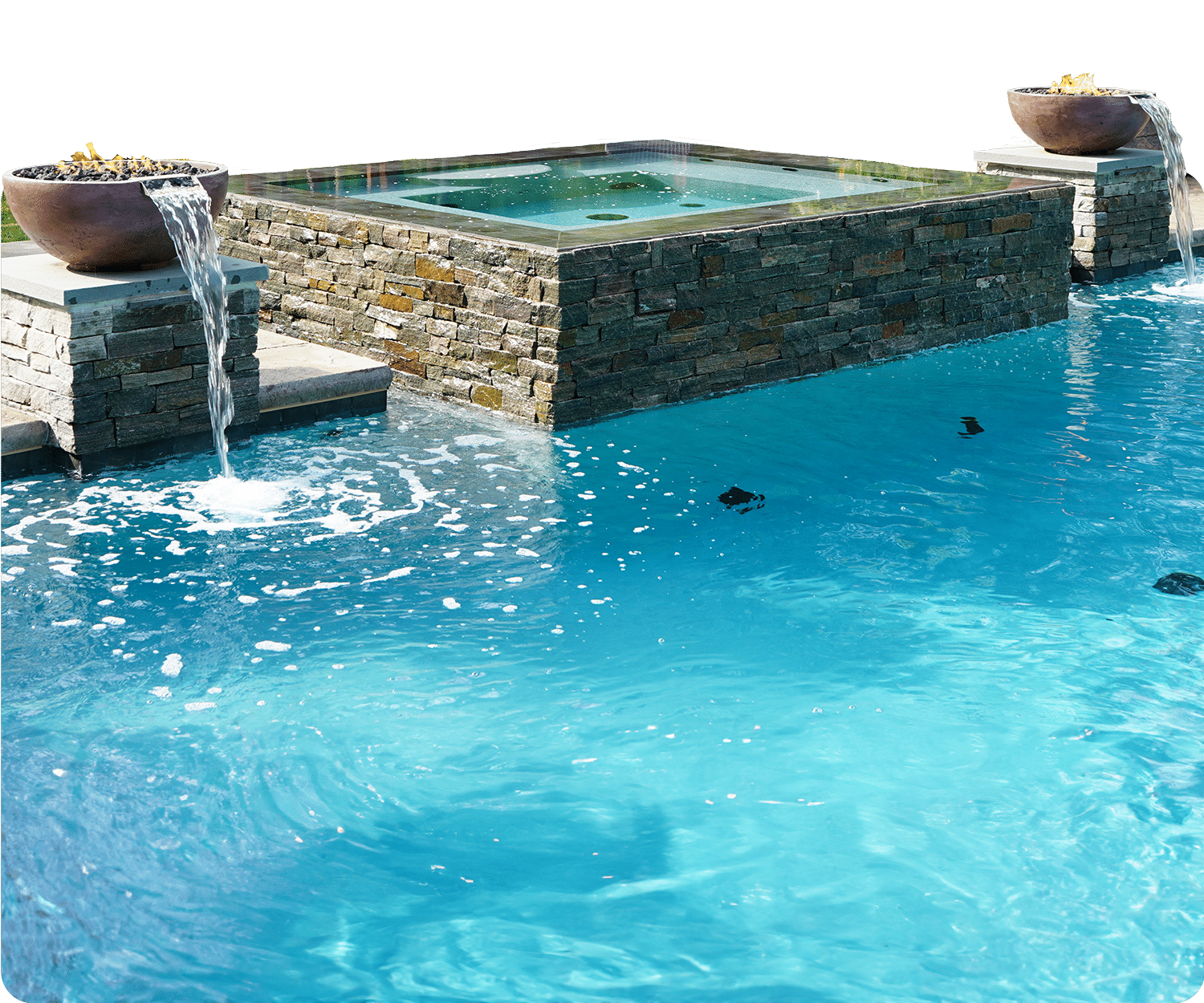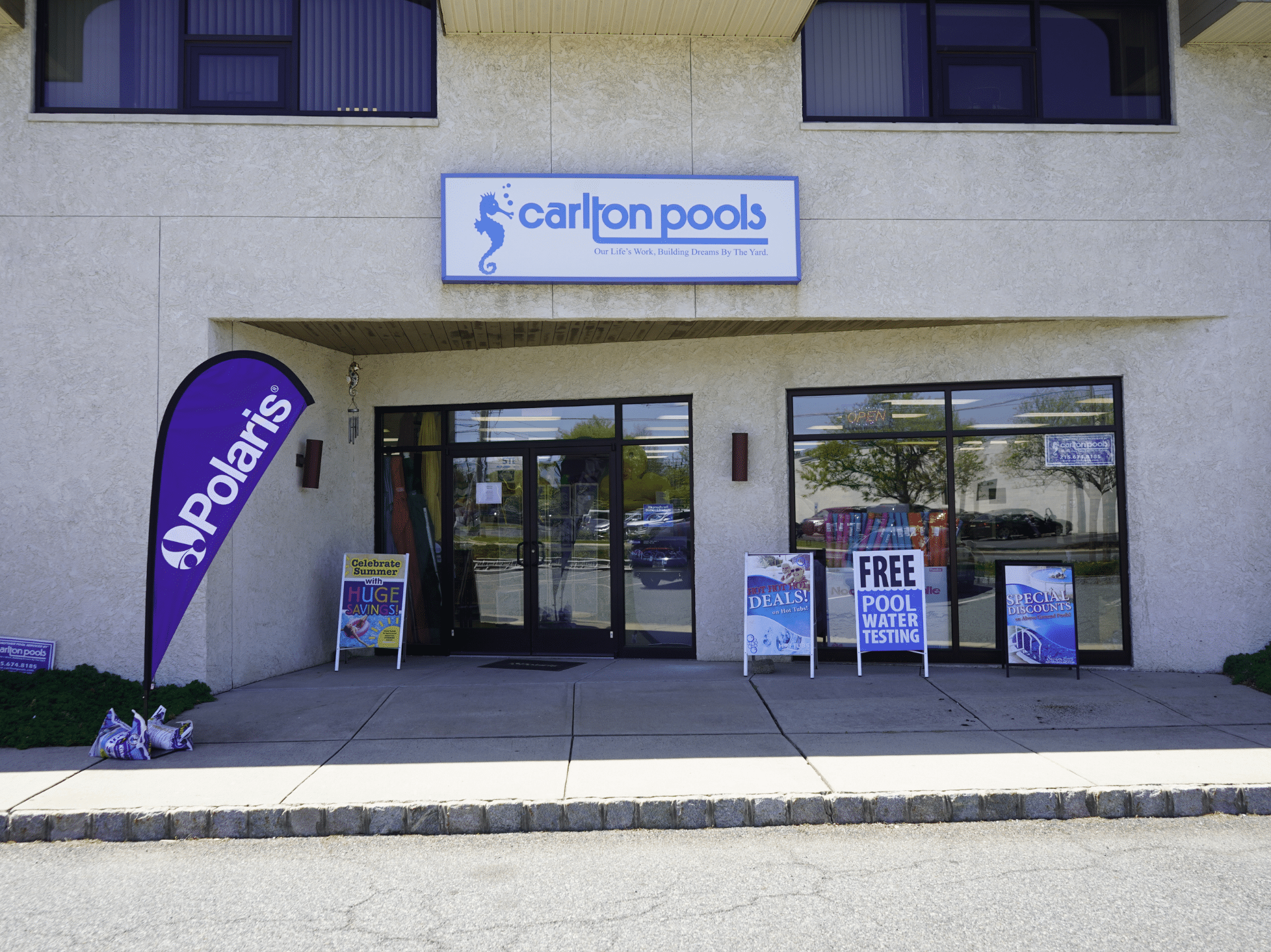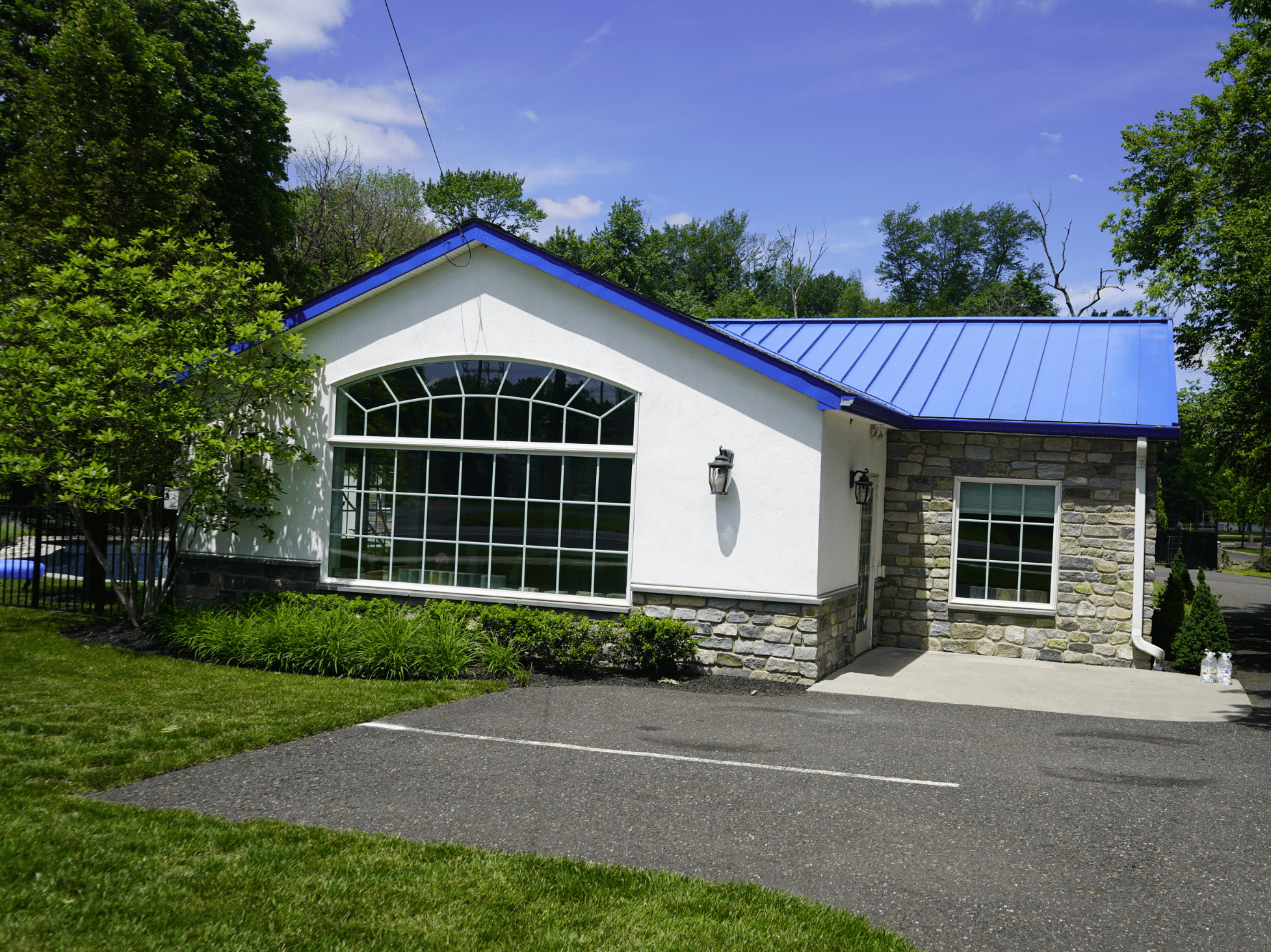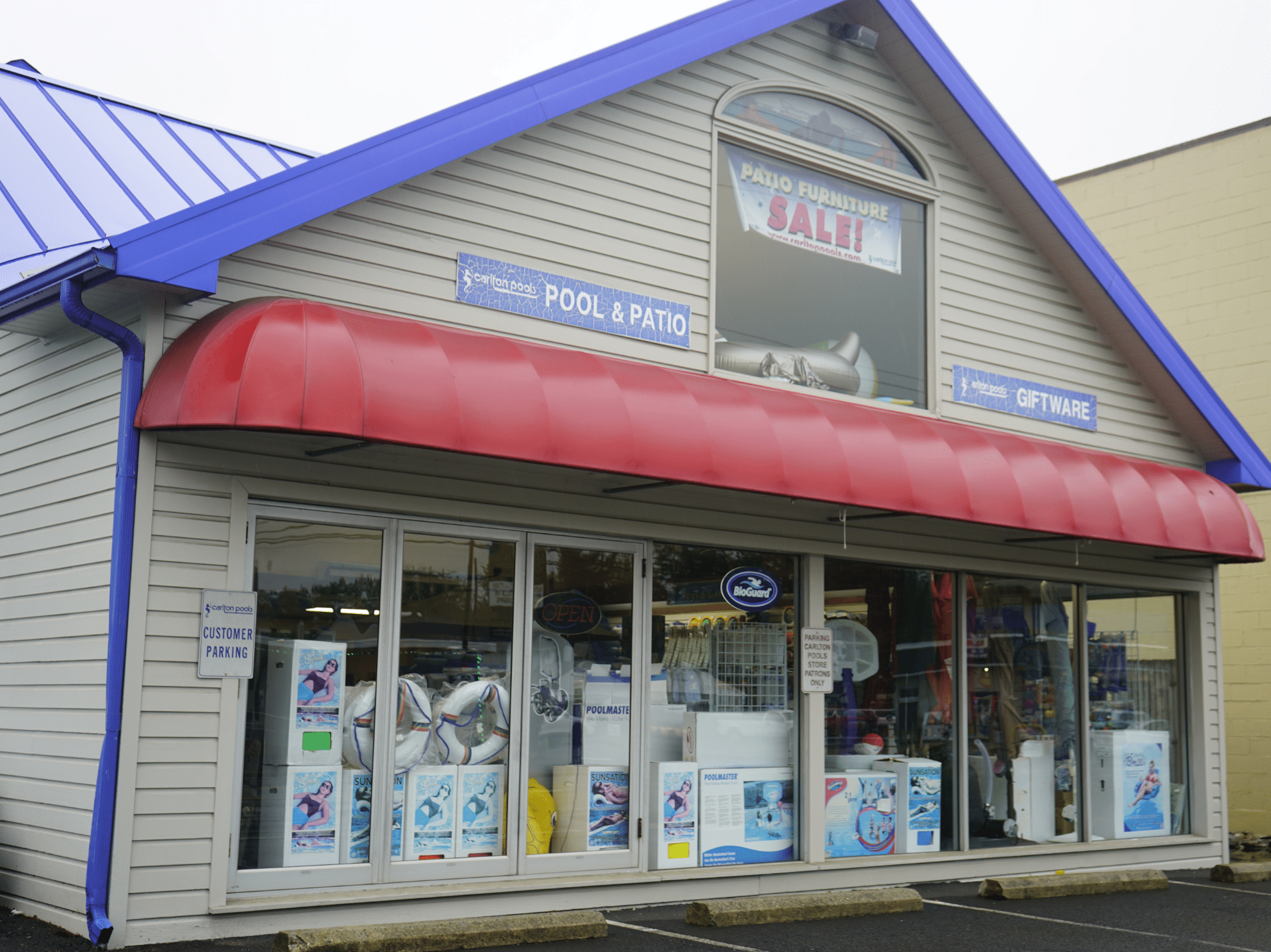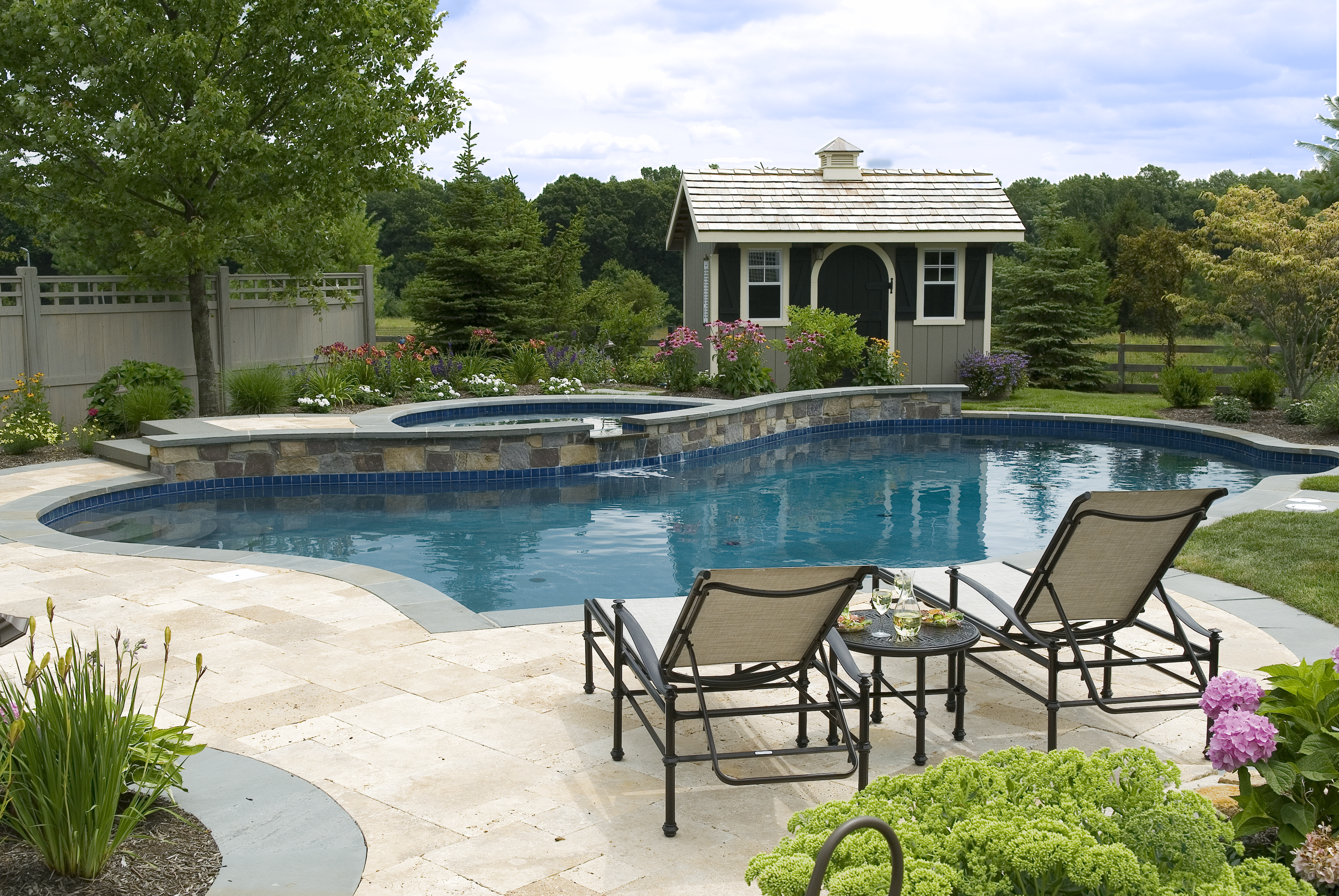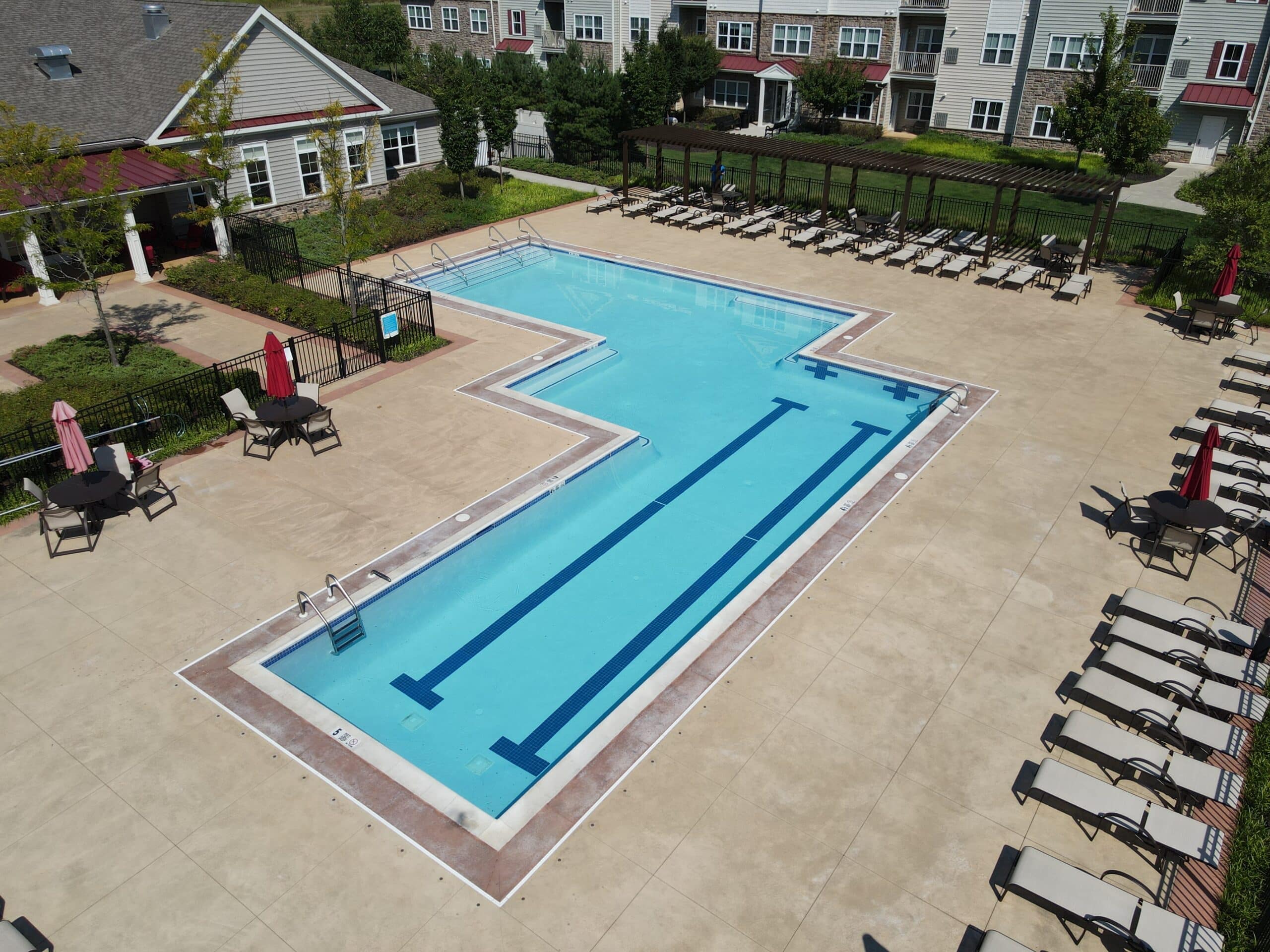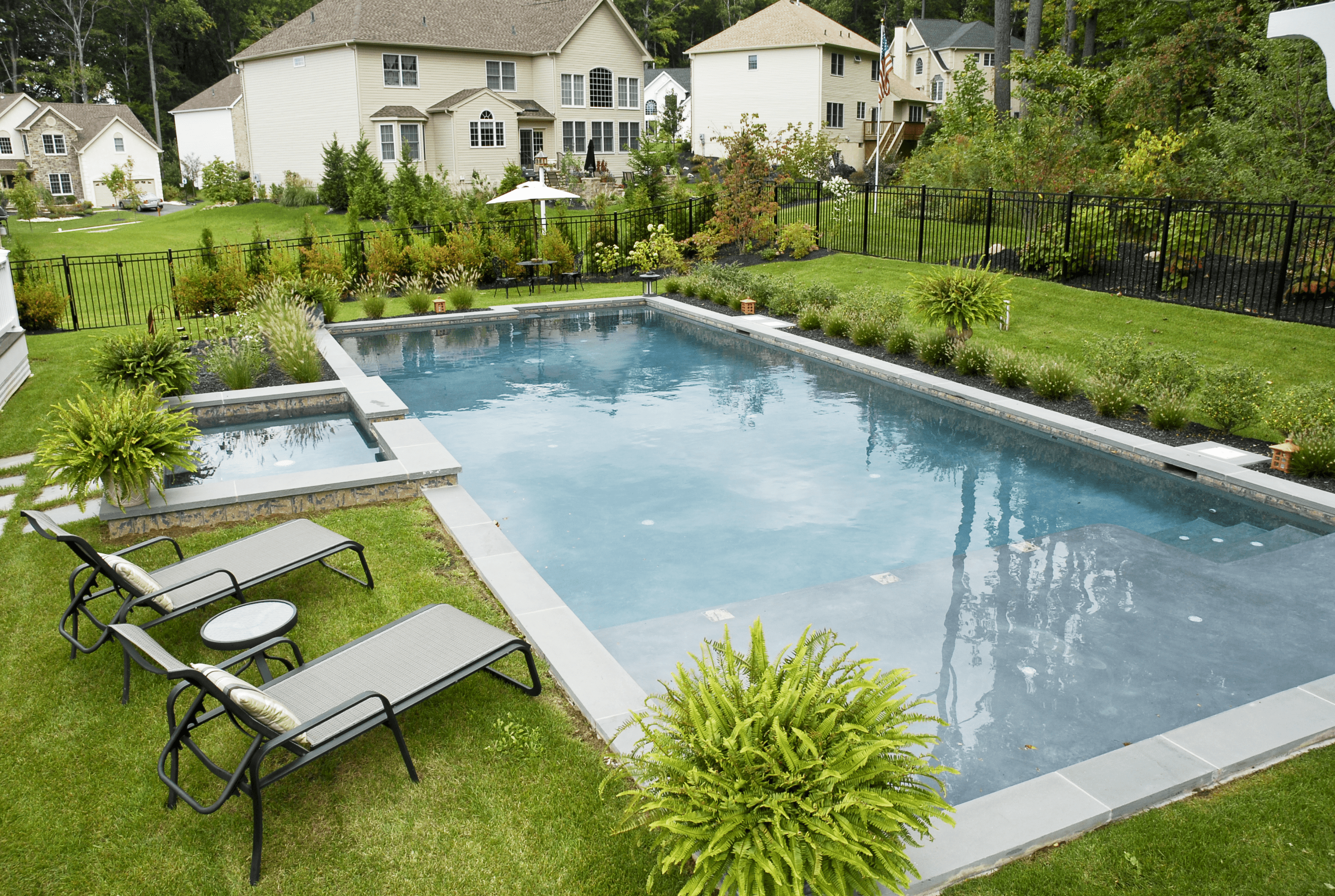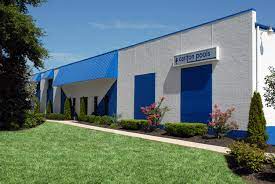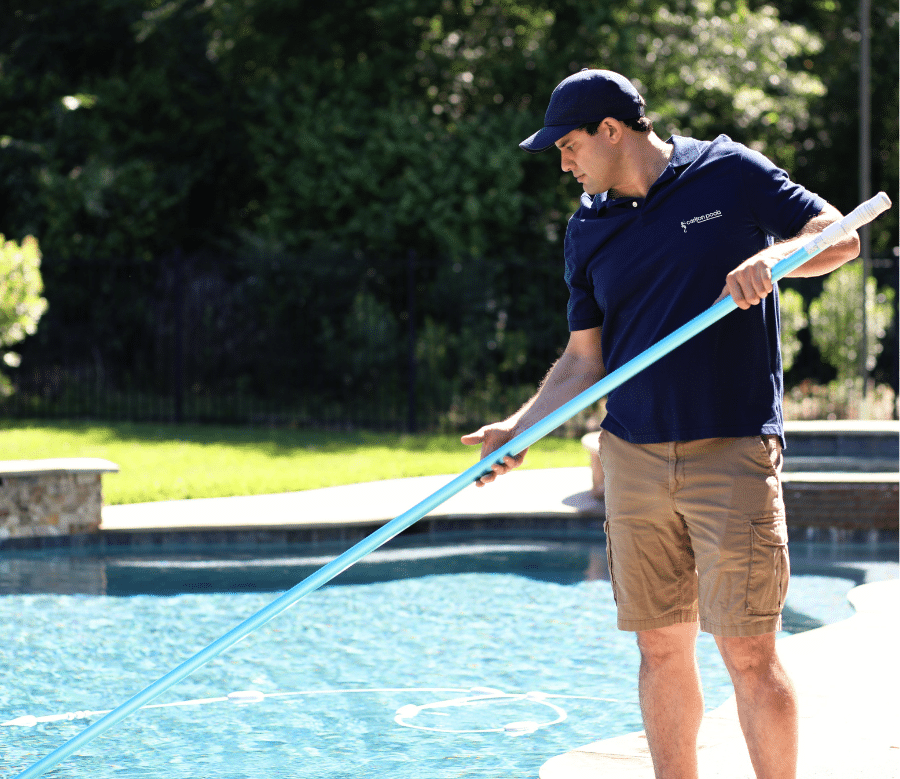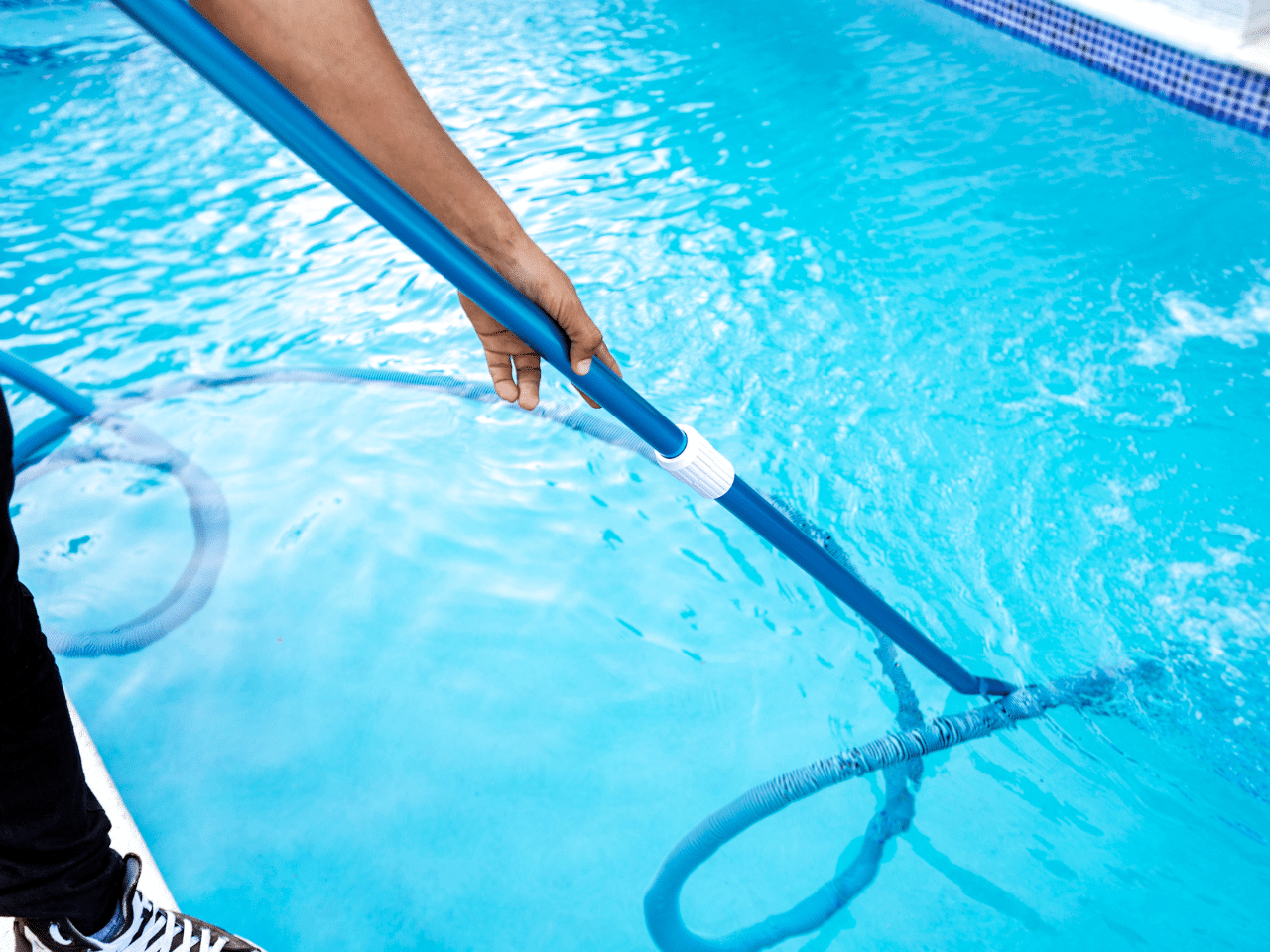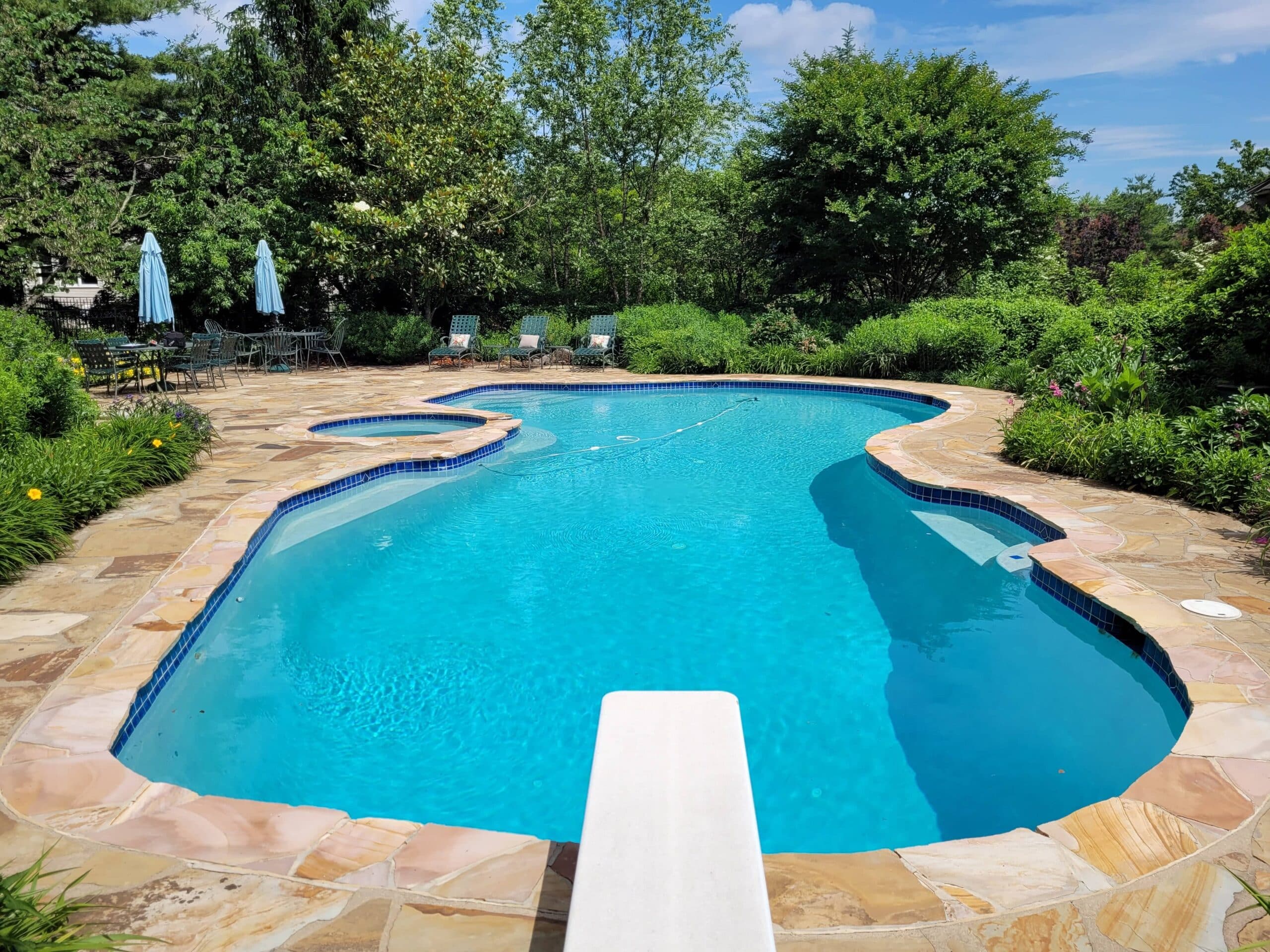
Many people wonder when is the best time to buy a pool. The end of the swimming season, specifically in fall, offers great deals. This post will guide you on seasonal discounts and factors affecting pool prices for significant savings.
Understanding Seasonal Sales Trends for Pools
Pool sales fluctuate throughout the year, influenced by seasonal demand and pricing adjustments. Buyers can benefit from understanding how sales trends vary across different seasons and planning their purchase according to these patterns.
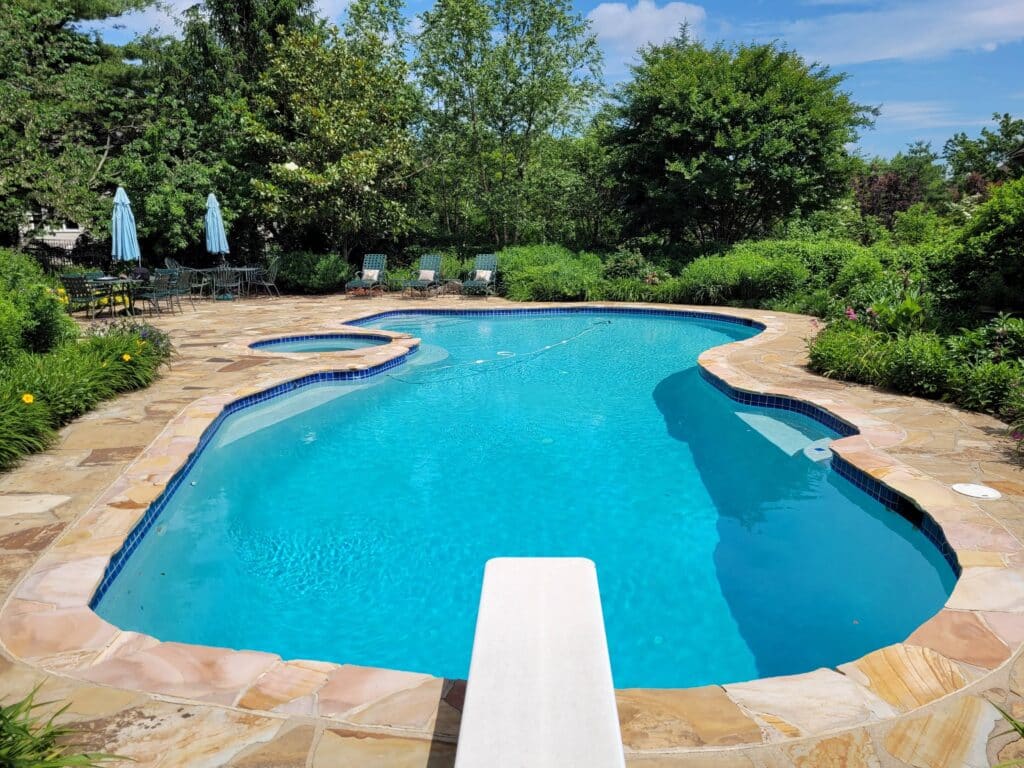
Fall Season
Fall brings the best deals for buying a pool. Manufacturers and sellers lower prices to clear their inventory before the new year. They want to sell all their above-ground pools and swimming pool materials quickly. This means big savings for buyers.
During this time, pool builders have more open schedules too. They often reduce prices on their work, especially for complex designs that require more effort and skill. Planning your next summer’s swimming adventures now can also save you money on common accessories like filters and water treatment supplies.
Winter Season
Winter offers unique opportunities for those looking to buy a pool. Many retailers reduce prices on above-ground pools to clear out inventory before the new stock arrives. This means shoppers can find excellent deals, reducing the overall expense of adding a pool to their home.
During these colder months, energy consumption for heating pools drops, making it an ideal time for installation teams to focus on setting up new pools. This season allows homeowners to prepare in advance, ensuring that everything is ready for when water temperature becomes suitable for swimming again. With fewer installations scheduled, companies may offer discounts on their services as well.
Spring Season
As winter fades, the spring season brings new opportunities for those looking to install or upgrade their swimming holes. Manufacturers and vendors start offering deals on pool materials and supplies during this time, aiming to kick off early-season sales.
This period is ideal for buyers who are eager to get a jump-start on their backyard projects before the summer rush. Interest rates for financing these big purchases remain attractive in spring, making it an optimal time to invest in an above-ground pool. With pool builders having more availability, they often provide discounts on labor.
This is especially true for simpler designs that don’t require intricate planning or construction. Spring also offers the chance to focus on energy-saving features and efficiency upgrades that can reduce the total cost of ownership over time, from filtering systems designed for exercise enthusiasts to health-promoting modifications.
Summer Season
Transitioning from the spring season to summer, pool sales typically reach their peak during this time. Potential buyers should be aware that the demand for pools is highest in the summer months, which may lead to longer wait times and limited availability.
It’s important to plan ahead, considering factors such as installation timelines impacted by weather conditions and potential delays due to high demand for pool builders.
Interest rates for financing a pool purchase might also be higher during summer. To take advantage of possible sales or discounts, some homeowners consider waiting until the end of summer before purchasing a pool.
Factors Affecting Pool Prices
Local market dynamics and seasonal sales can heavily influence the prices of pools, impacting potential deals and opportunities for buyers. For an in-depth understanding of these factors, check our or blog post on the topic.
Local Market Dynamics and Deals
Local market dynamics play a significant role in determining the pricing and availability of pools. Manufacturers and sellers often offer substantial discounts at the end of the swimming season, especially during fall, to clear out existing inventory and make way for new products.
Additionally, in this period, pool builders may be more available and willing to provide discounts on labor costs, particularly for complex pool designs. These seasonal trends create opportunities for consumers to capitalize on reduced prices and savings when purchasing pools.
How to Finance Your Pool
Financing a pool involves assessing your budget and exploring various options. Start by researching loans from banks, credit unions, or pool financing companies. Many homeowners use home equity loans or lines of credit to fund their pool projects due to favorable interest rates.
You could also consider manufacturer or retailer financing programs that offer competitive terms. To ensure you’re getting the best deal, compare interest rates and repayment terms across different lenders before making a decision.
Check out our blog post on the topic:
Evaluating Total Cost of Pool Ownership
Evaluating the total cost of owning a pool involves considering all expenses associated with installation, maintenance, and energy efficiency. Repair and replacement costs should also be factored in to accurately assess the long-term financial commitment of pool ownership.
Installation Costs
Installing a pool typically incurs various costs. These may include expenses for digging, plumbing, electrical work, decking, and landscaping around the pool area. Additionally, labor costs for professional installation should be factored into the overall budget.
It is important to obtain several quotes from reputable pool installation companies to ensure competitive pricing and quality of service. Moreover, choosing energy-efficient equipment and materials during installation can lead to long-term savings on operational costs.
The price range for installing an above-ground pool can vary widely based on factors such as the size of the pool, type of materials used in construction, location (including local building codes), soil condition at the site of installation., and whether additional features such as lighting or heating are included in the project scope.
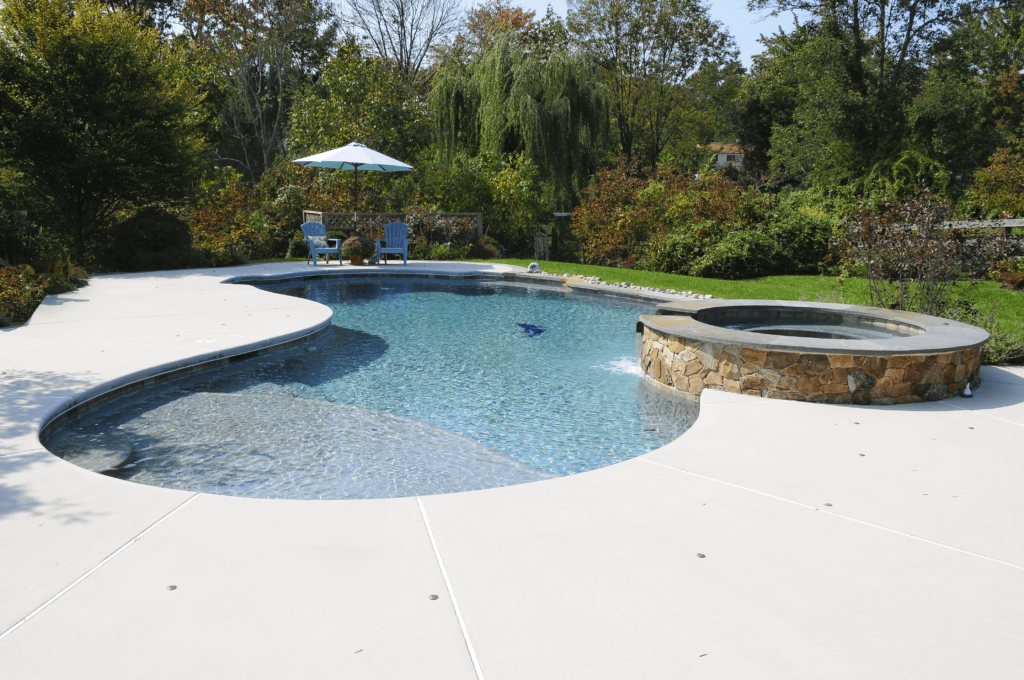
Ongoing Maintenance Costs
Transitioning from the installation phase to ongoing maintenance, it’s essential to consider the financial commitment involved in maintaining your pool. Regular upkeep such as cleaning, water treatment chemicals, and energy costs can add up over time.
Properly maintaining equipment like filters and pumps helps prevent costly repairs down the line.
Investing in quality cleaning tools can streamline maintenance tasks while decreasing long-term expenses. Considering energy-efficient options for pumps and heaters is also key to managing ongoing operational costs.
Energy Efficiency and Operational Costs
Transitioning from ongoing maintenance costs to energy efficiency and operational costs, it’s essential to consider investment in energy-efficient equipment for your pool. Energy-efficient pumps, heaters, and filtration systems can significantly reduce operational costs over time.
These systems not only lower electricity consumption but also help minimize the overall environmental impact of running a pool. Incorporating components with high energy efficiency ratings can lead to substantial savings on monthly utility bills while promoting sustainable pool ownership.
When evaluating the total cost of pool ownership, it’s crucial to factor in potential long-term savings achieved through investing in energy-efficient technology. By making informed decisions around operational equipment and embracing energy-saving practices, you not only save money but also contribute positively towards reducing your carbon footprint.
Repair and Replacement Costs
As pools age, they require ongoing care and maintenance. Regular upkeep can help minimize unforeseen repair or replacement costs. The quality of initial construction, regular maintenance, and usage patterns all directly impact the likelihood and frequency of these expenses.
It’s essential to budget for repair and replacement costs as part of the total cost of pool ownership.
Regular upkeep is crucial in delaying the need for major repairs or replacements due to wear and tear over time. Factors such as weather conditions, material quality, and usage intensity can influence how frequently these expenses occur.
For more information, on the cost of building a pool, check out our article:
Conclusion
Pools go on sale mostly in the fall. Discounts are available for both pools and pool equipment during this time, making it the most economical period to install a pool. It’s also an ideal time to plan for the next pool season by stockpiling common accessories, games, toys, and patio furniture.
This aligns with the anticipation of next year’s pool fun and can lead to cost savings as well. Pool builders are more available in the fall and may offer discounts on labor, especially for complex designs.
If you’re interested in building a pool, reach out to Carlton Pools today and see if there’s any ongoing sales.

